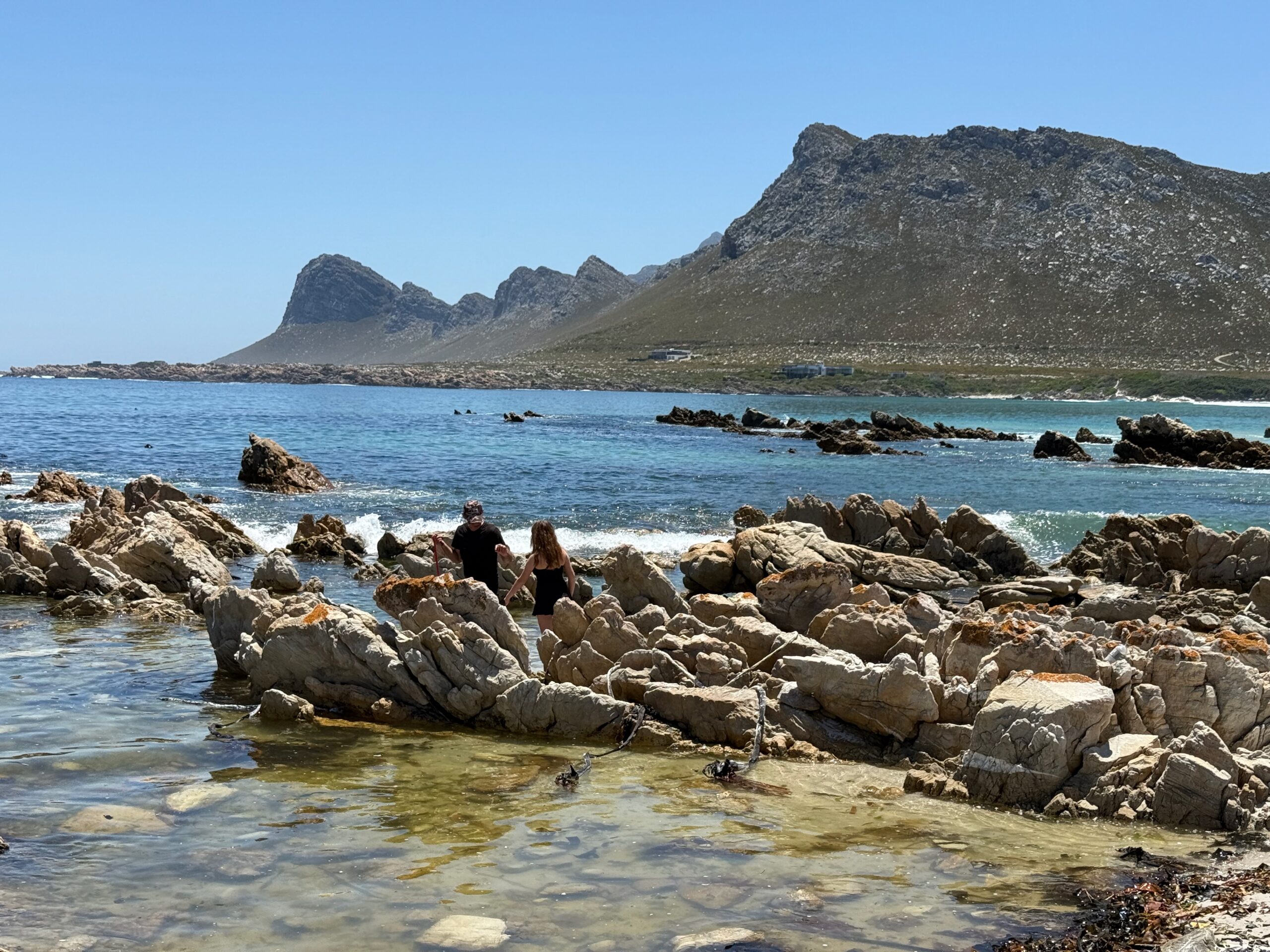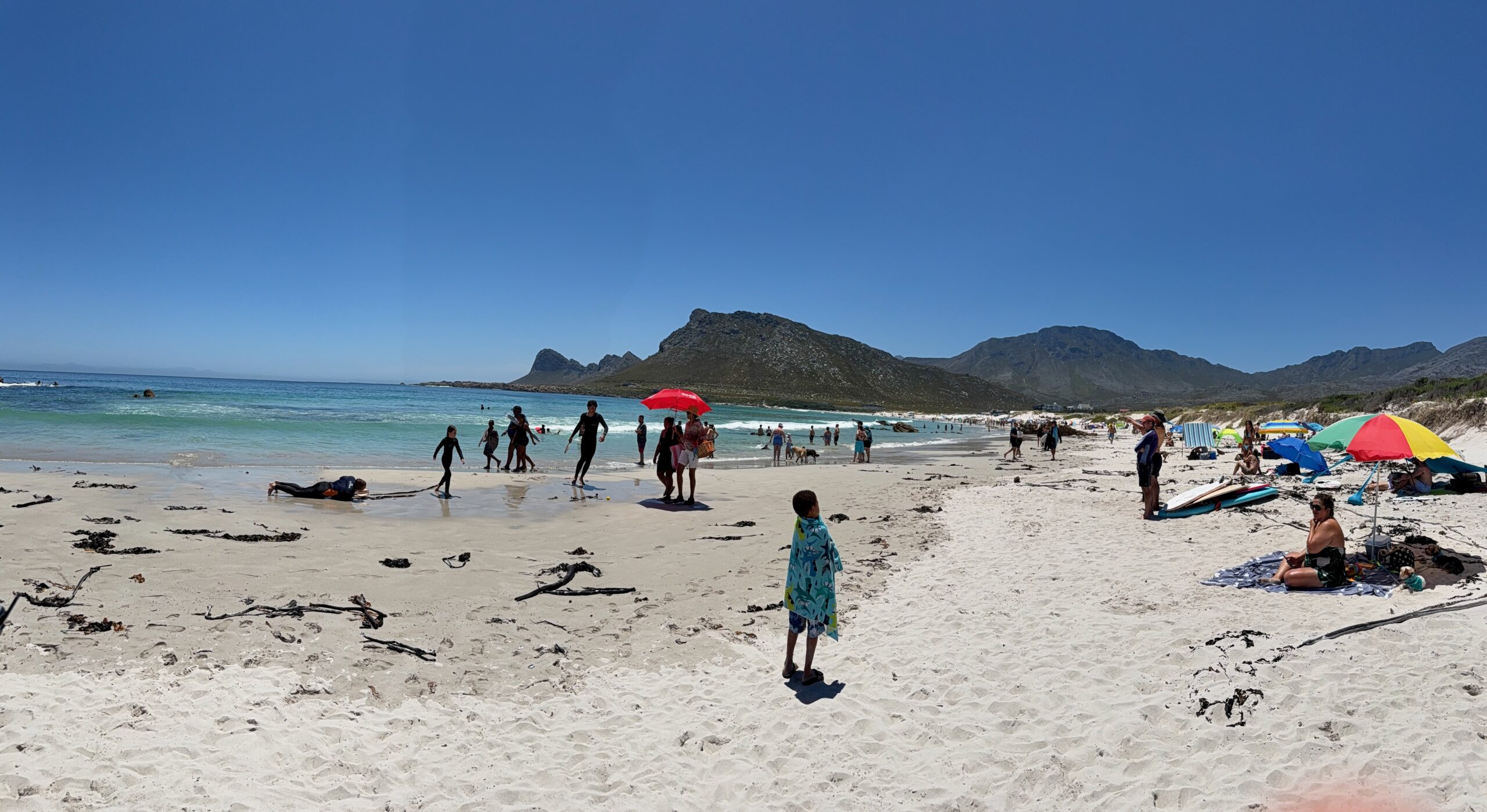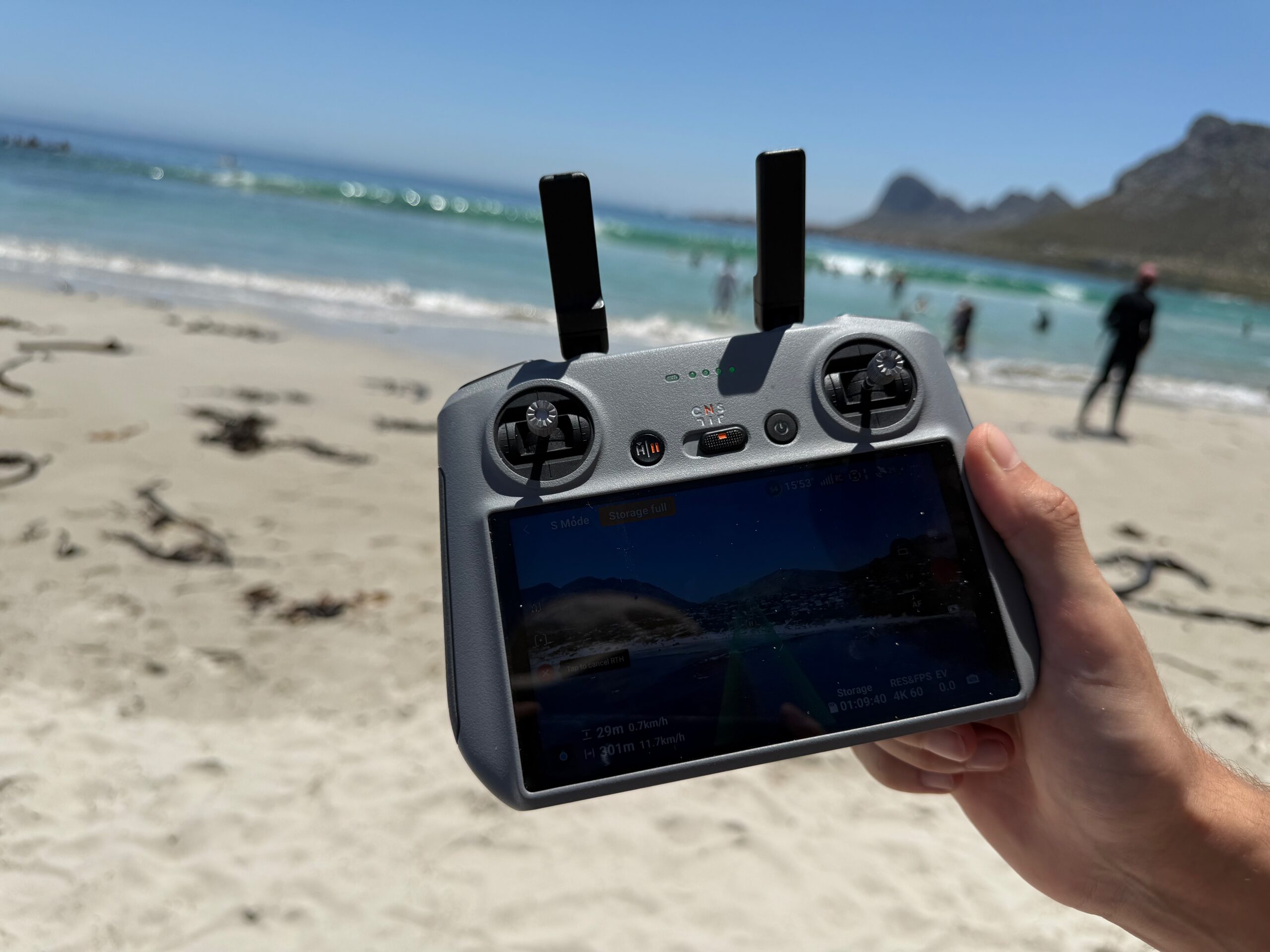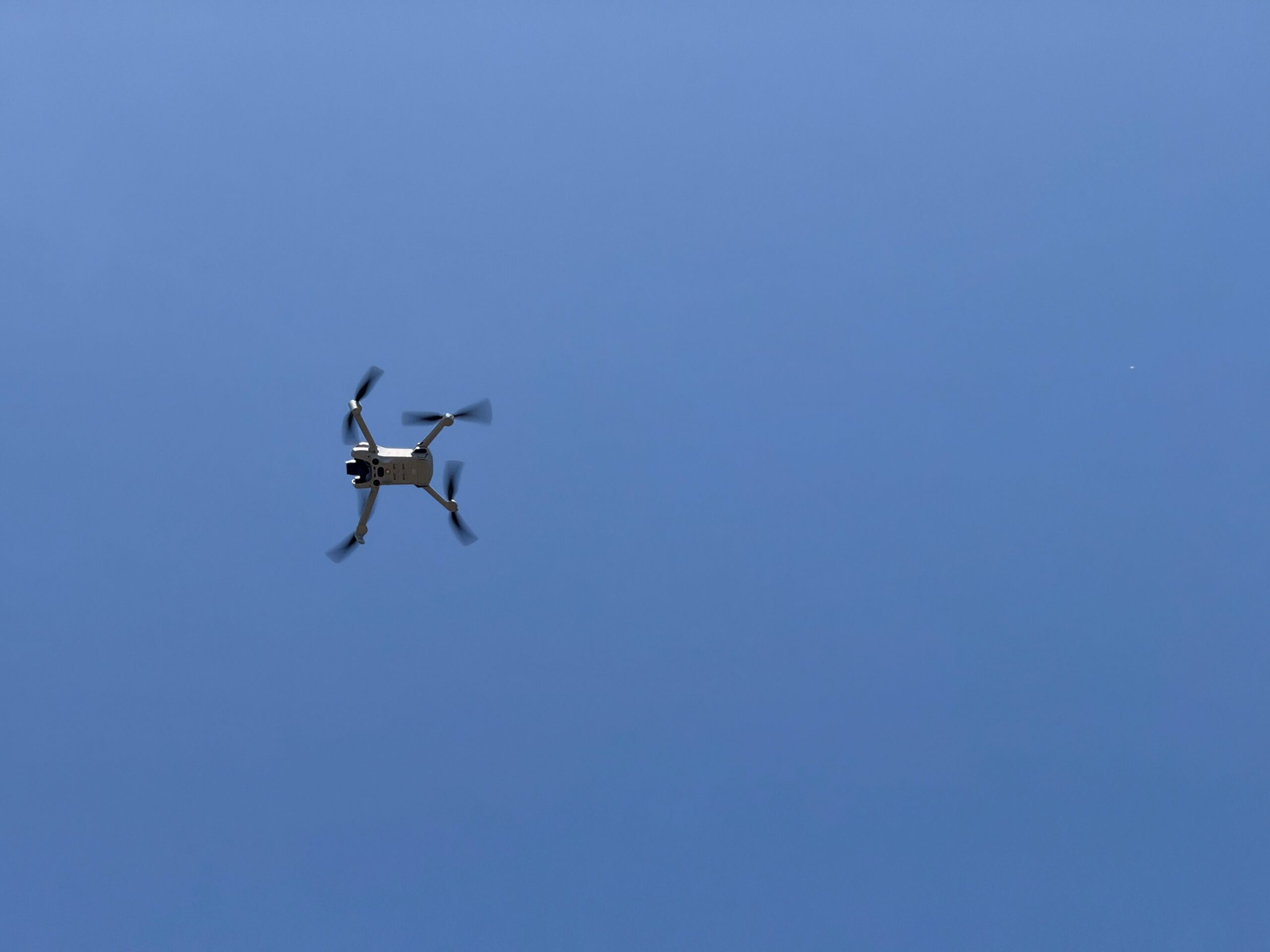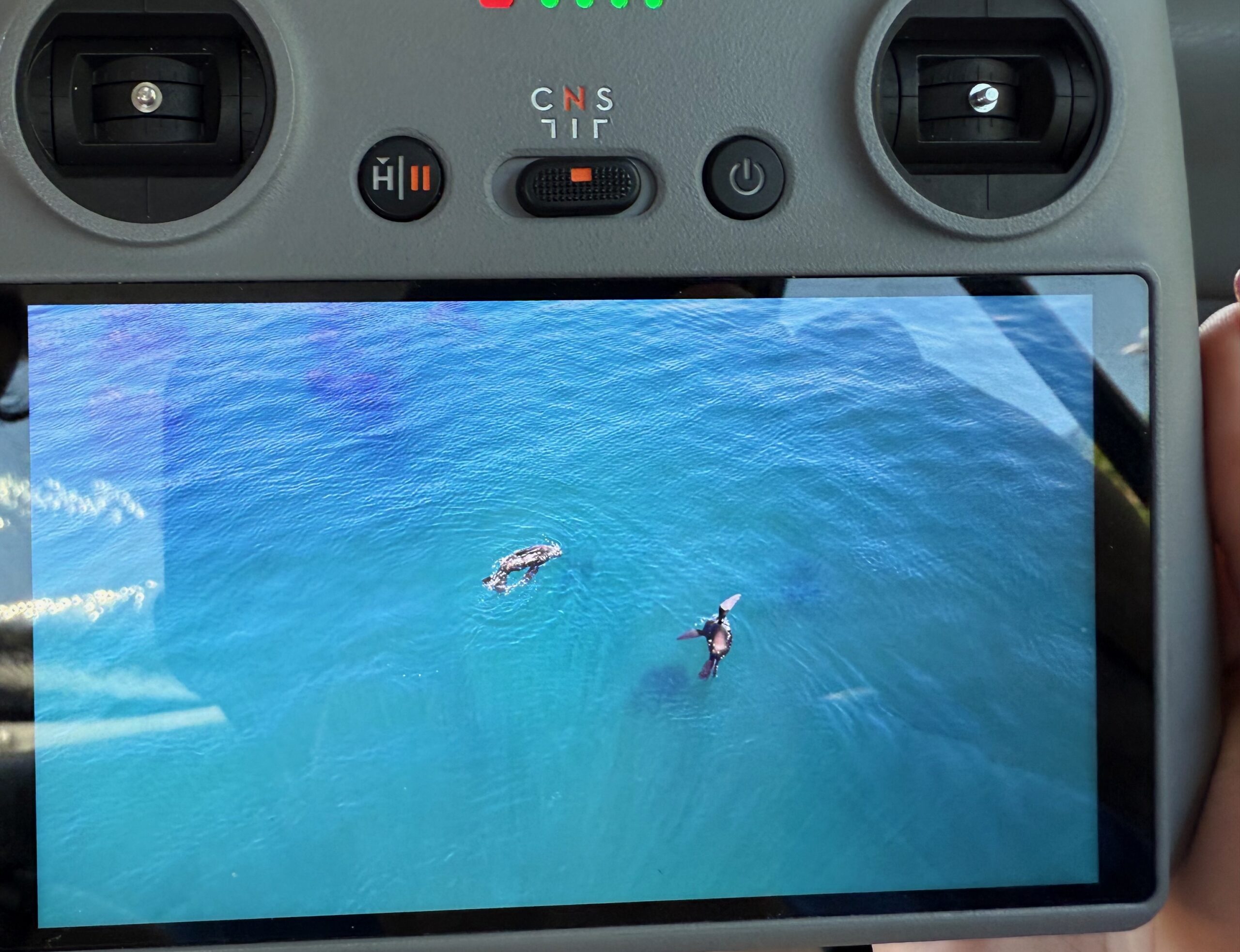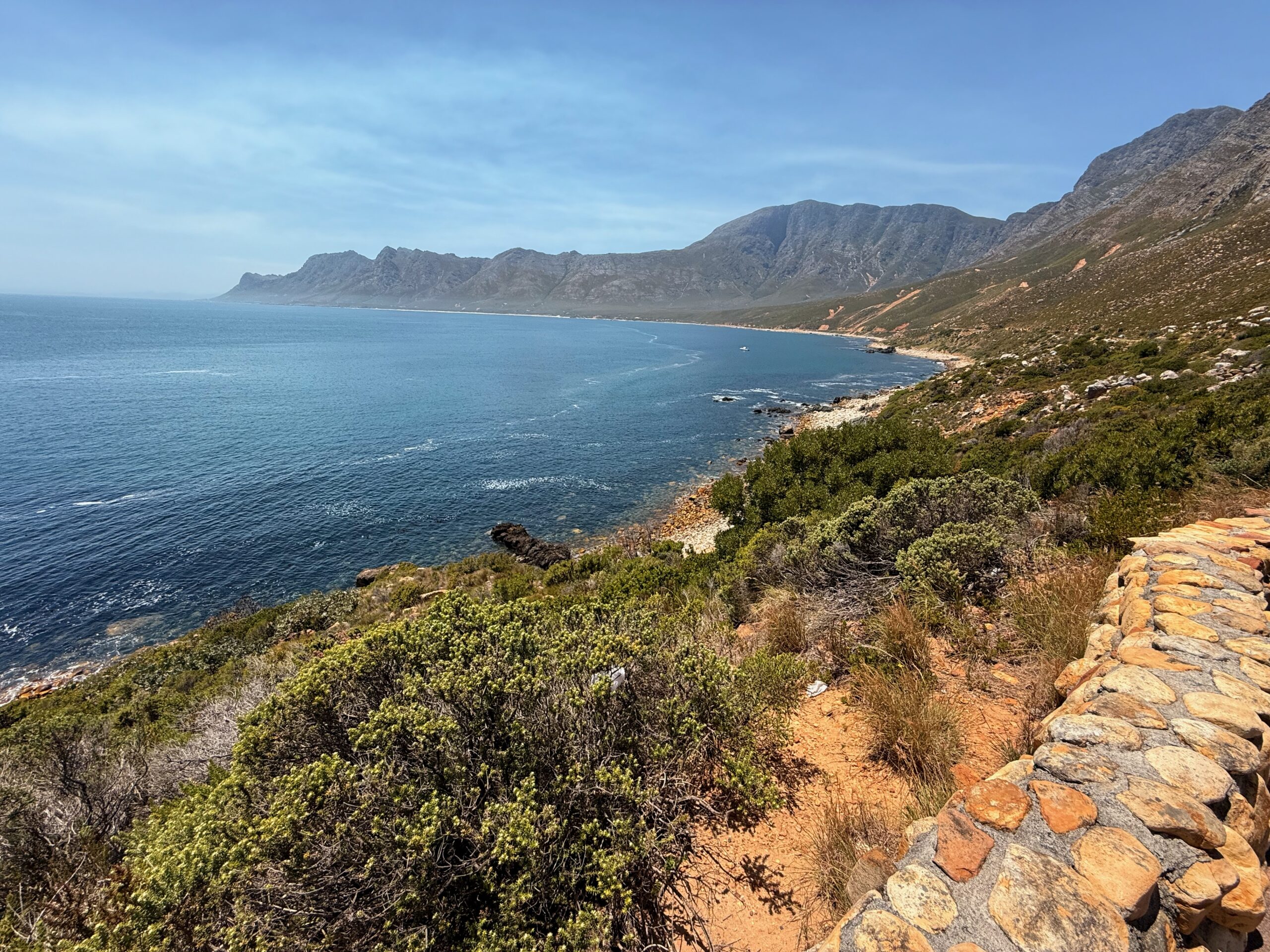All went well with my 11-hr flight to Munich.
It is just frightfully cold here (-5°C/ 20°F) and it made for a rough 12-minute walk from the train station to the hotel.
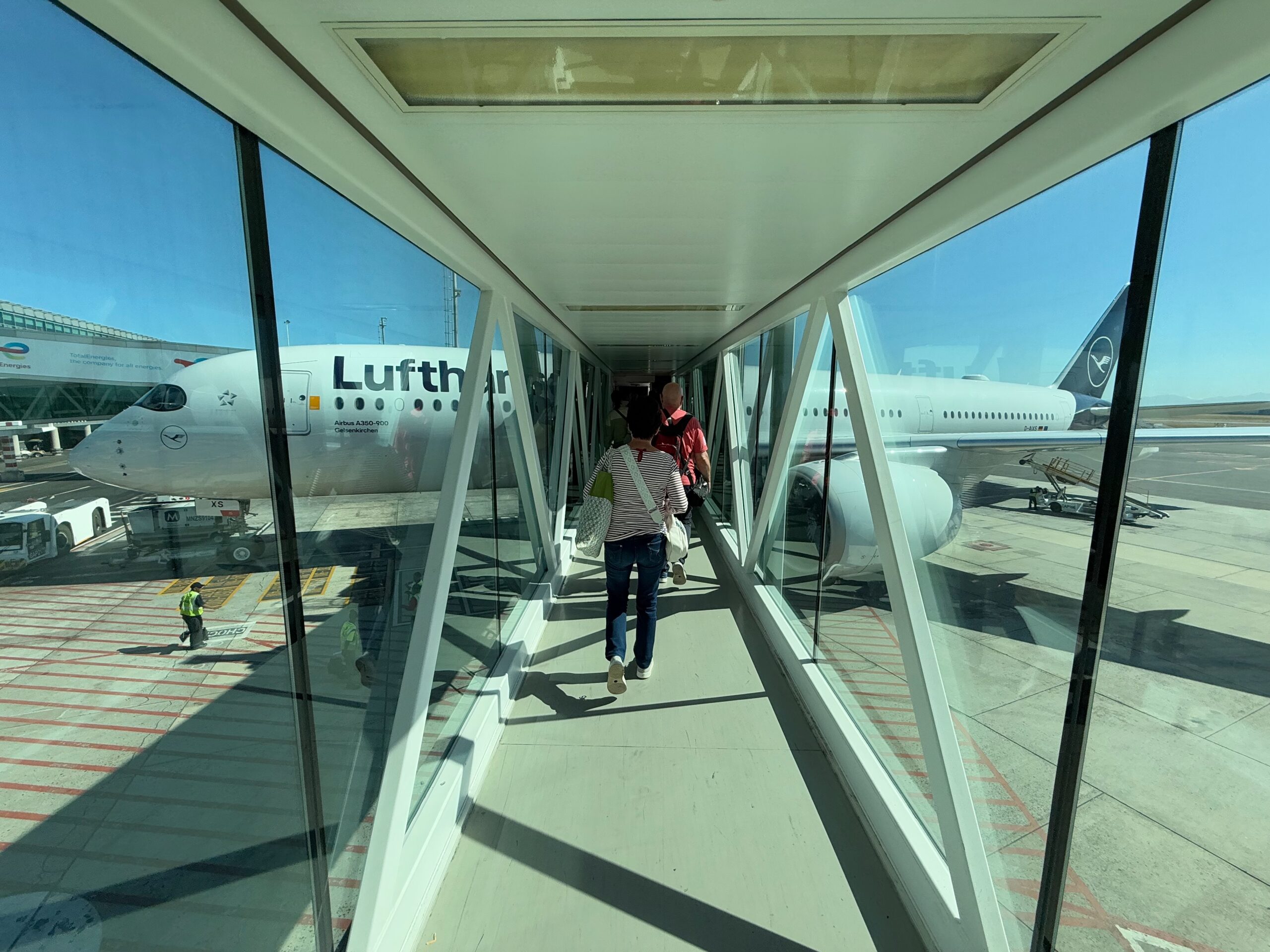
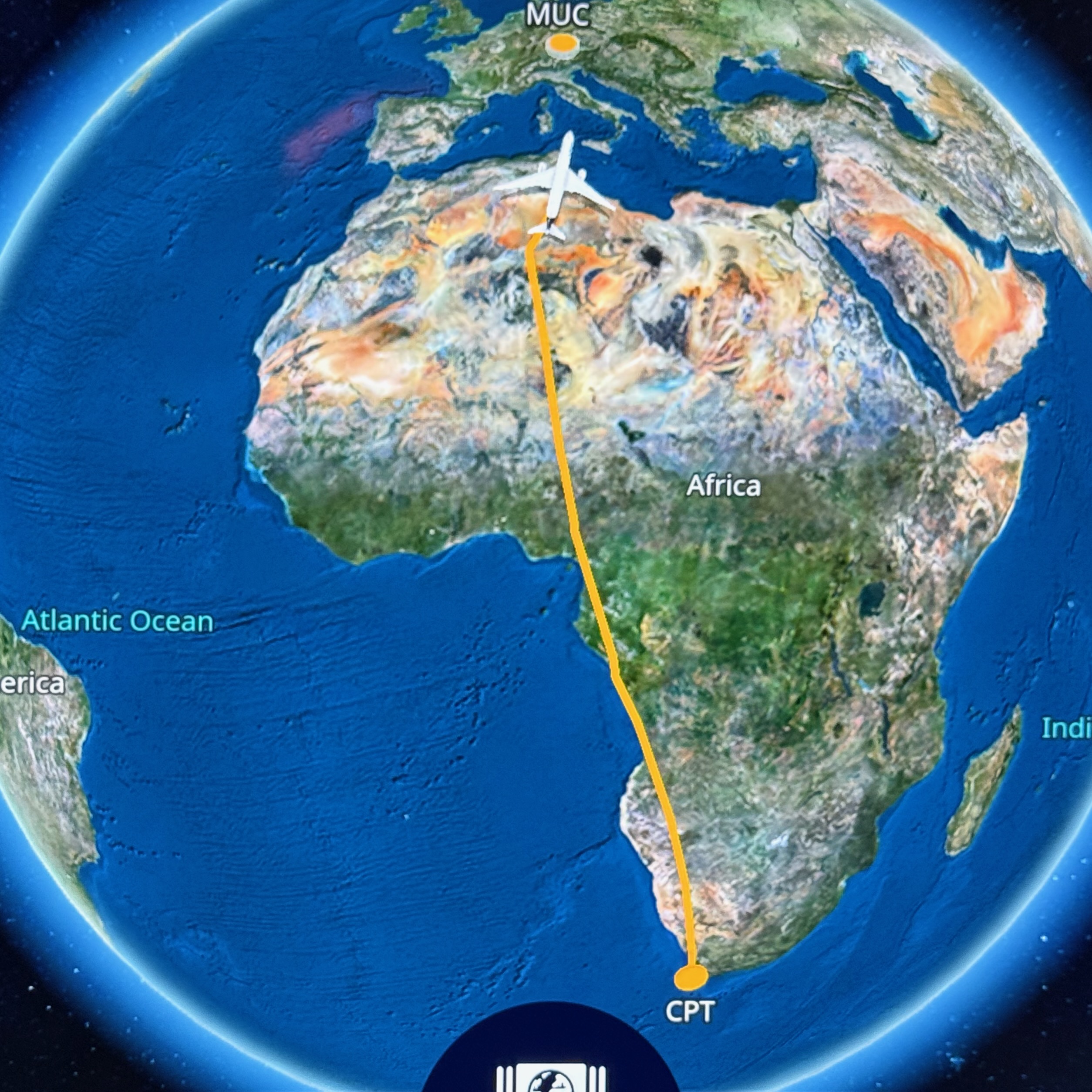
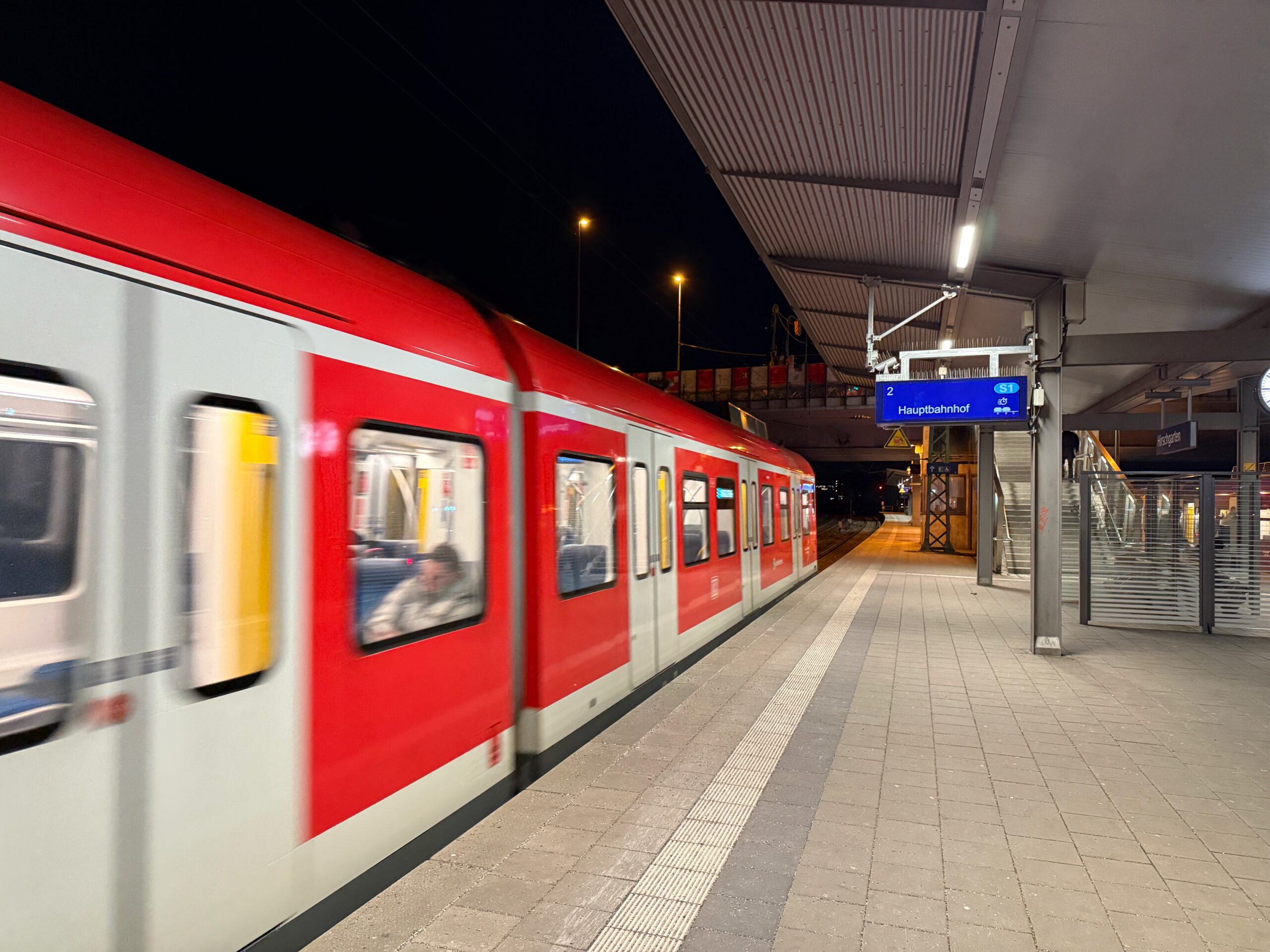
I had just stepped off the train from Munich airport, a 40 minute train ride.

a weblog of whereabouts & interests, since 2010

All went well with my 11-hr flight to Munich.
It is just frightfully cold here (-5°C/ 20°F) and it made for a rough 12-minute walk from the train station to the hotel.




It was time on Monday morning to squeeze everything into my suitcases and backpack, and head for Cape Town International Airport to catch the Lufthansa flight to Munich.
Two views from my hotel room window: from sunset Sunday night, and from early Monday morning.
In the distance, the mountains are from left to right: Table Mountain, Lion’s Head and Signal Hill.

My brother and I ran out to Stellenbosch University (our alma mater) on Sunday.
We stopped at the Faculty of Engineering, at Dagbreek Men’s Residence and at the Neelsie Student Centre.
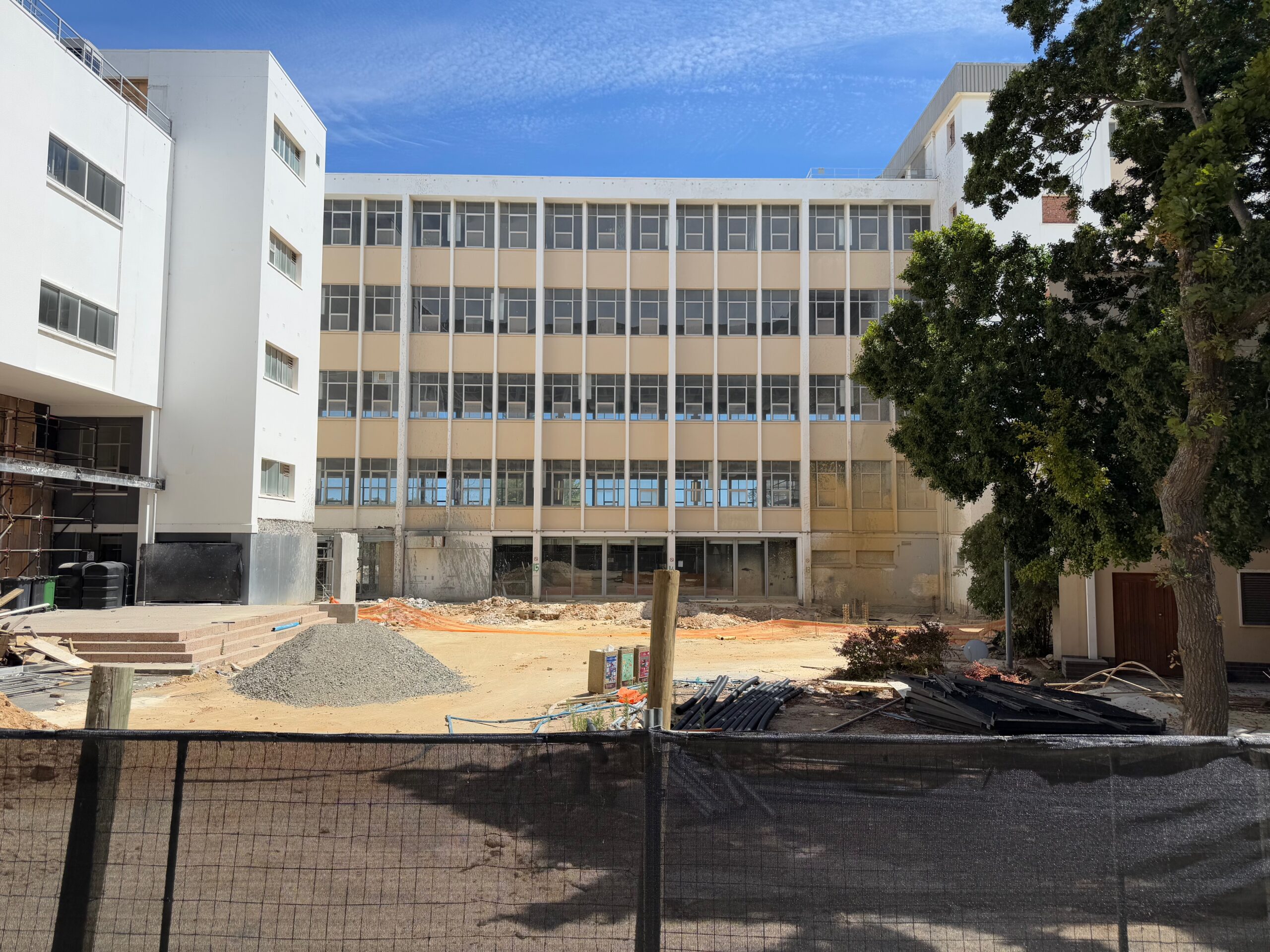
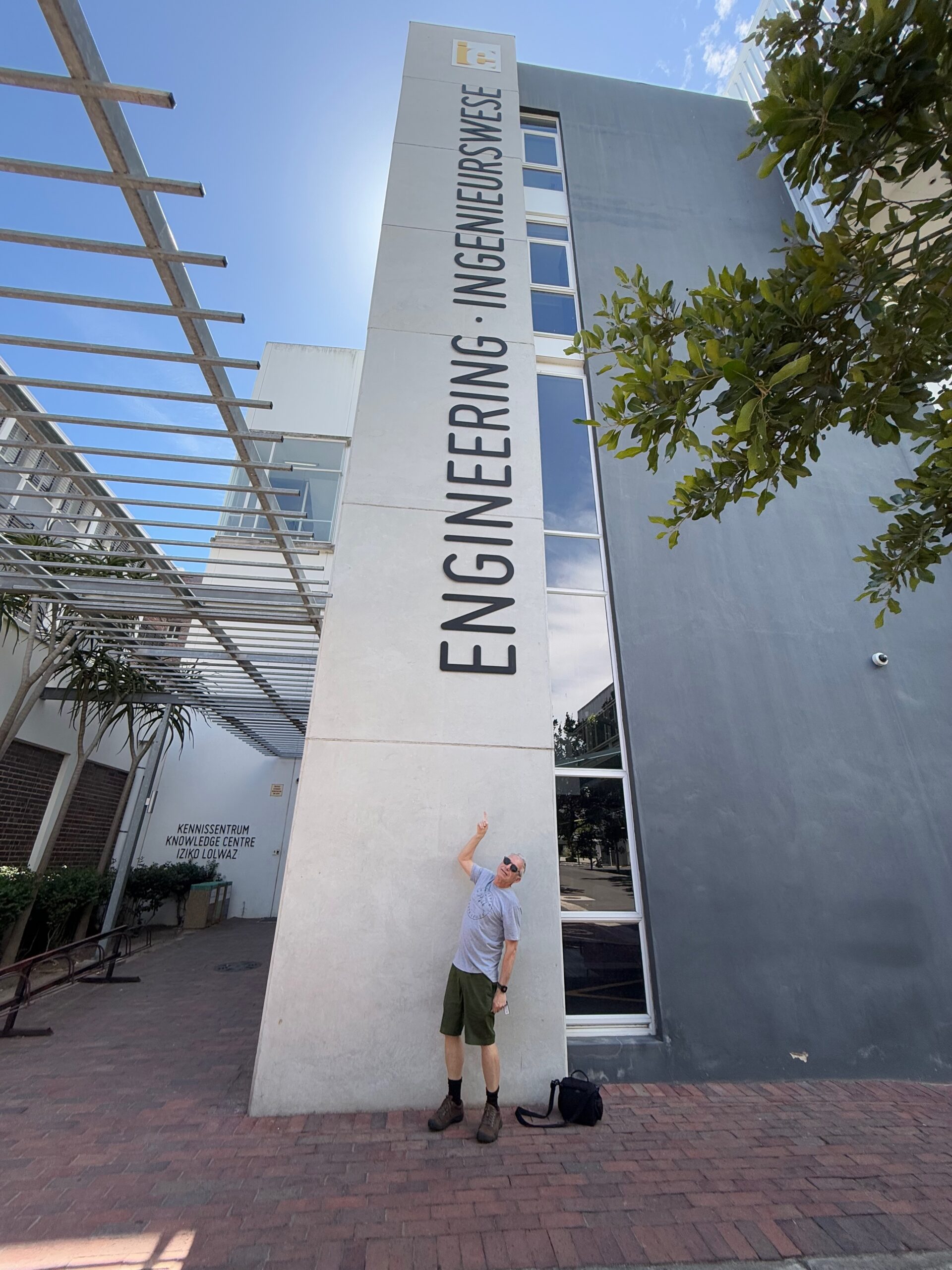
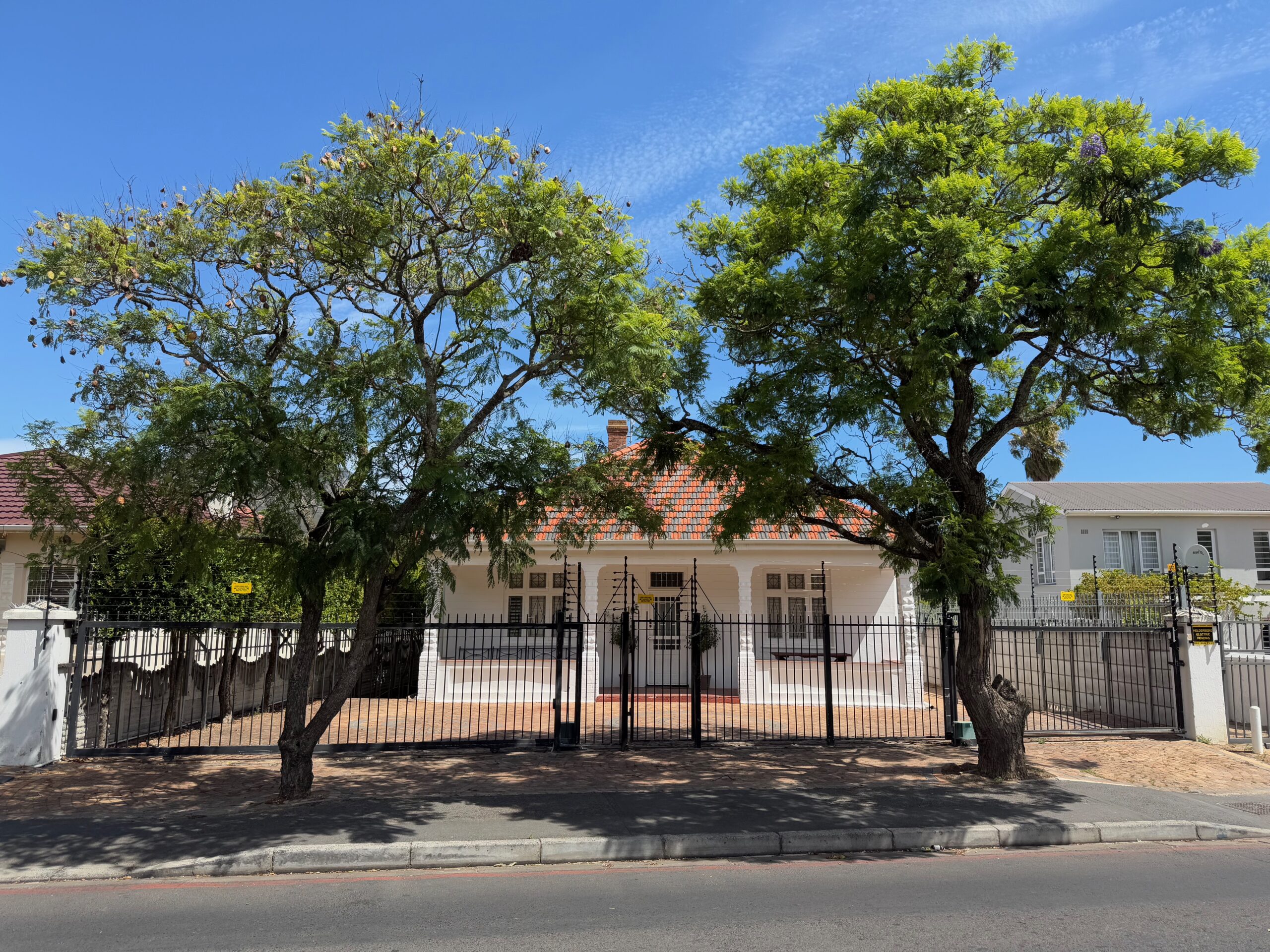
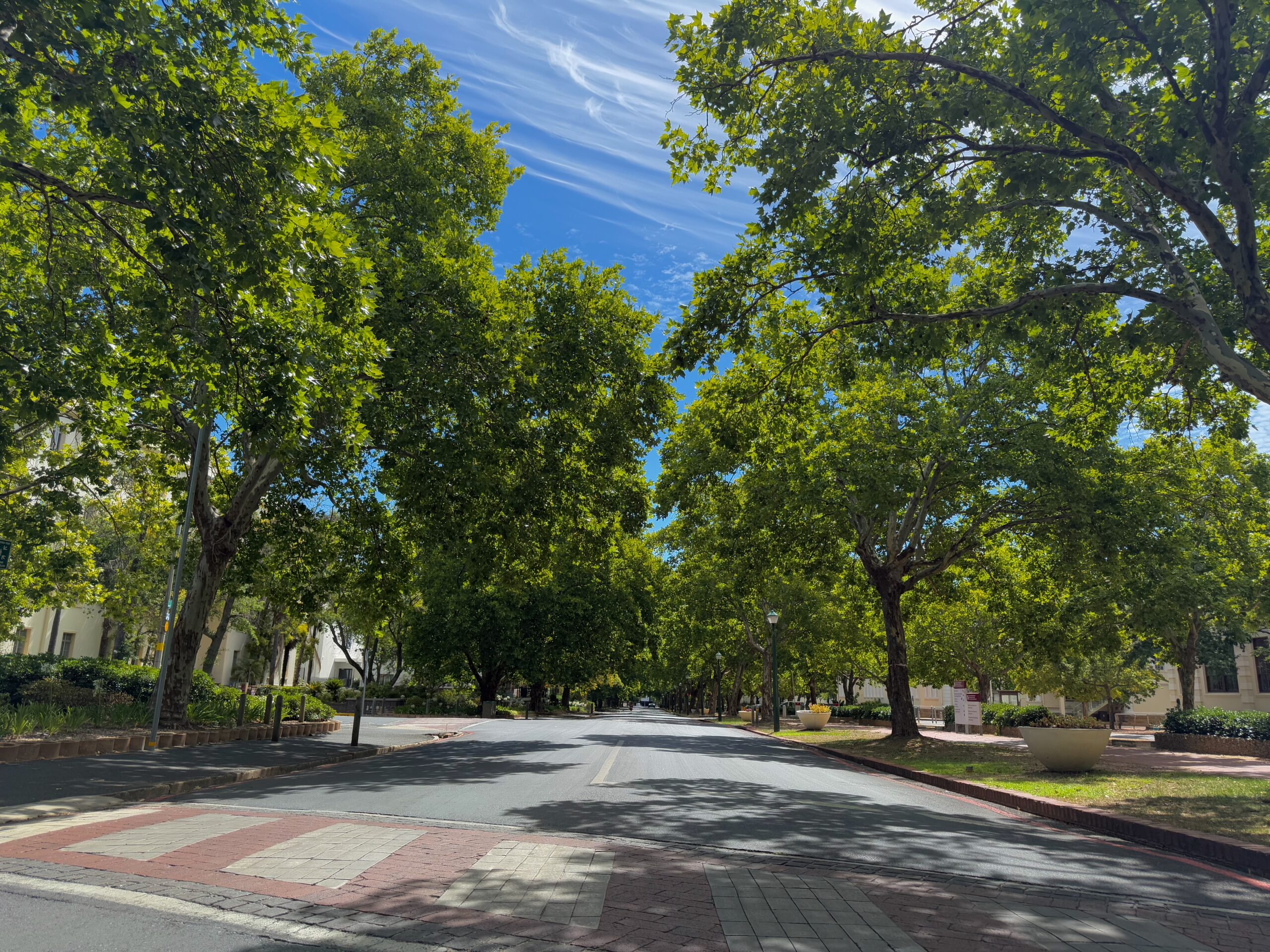
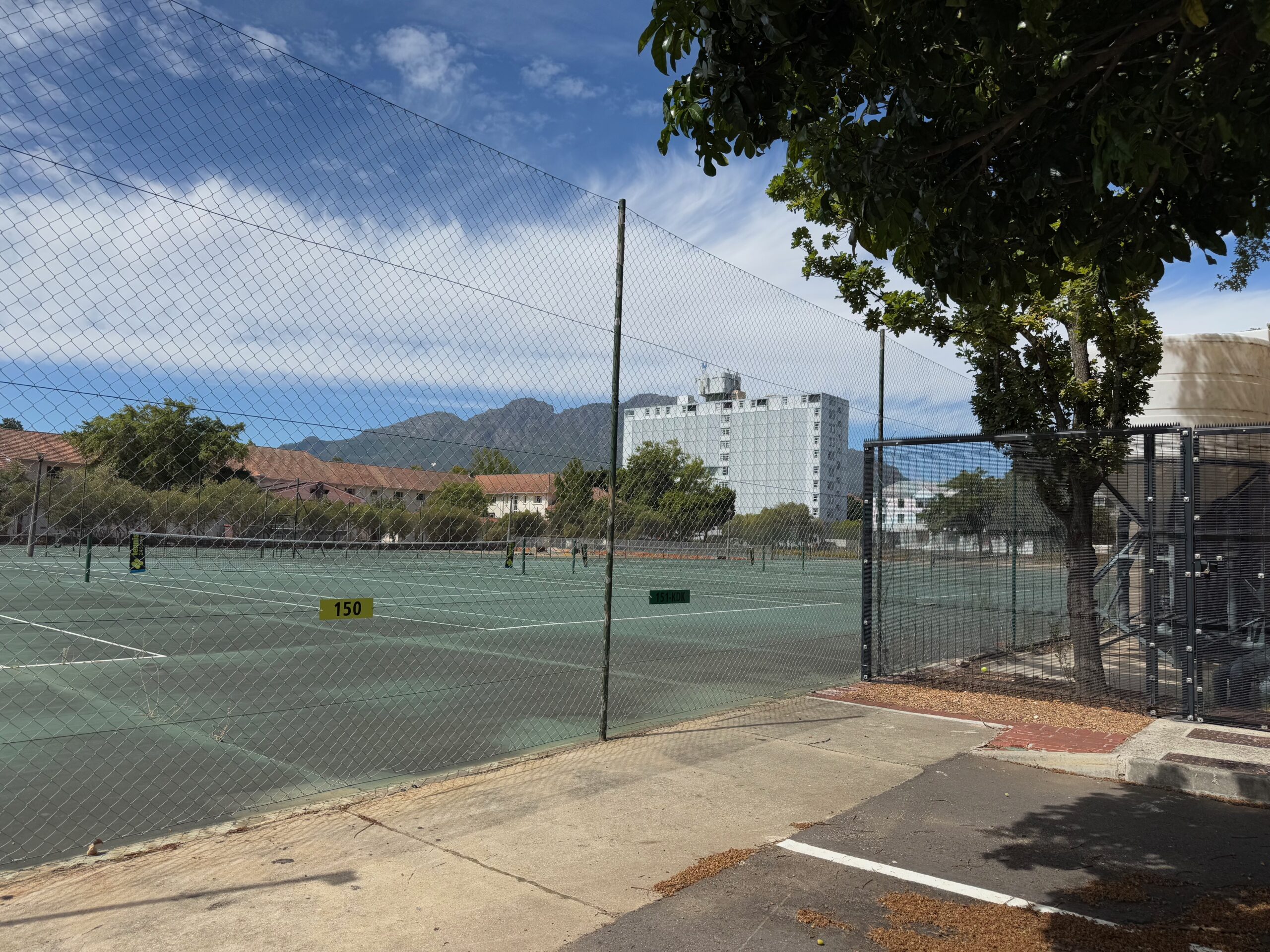
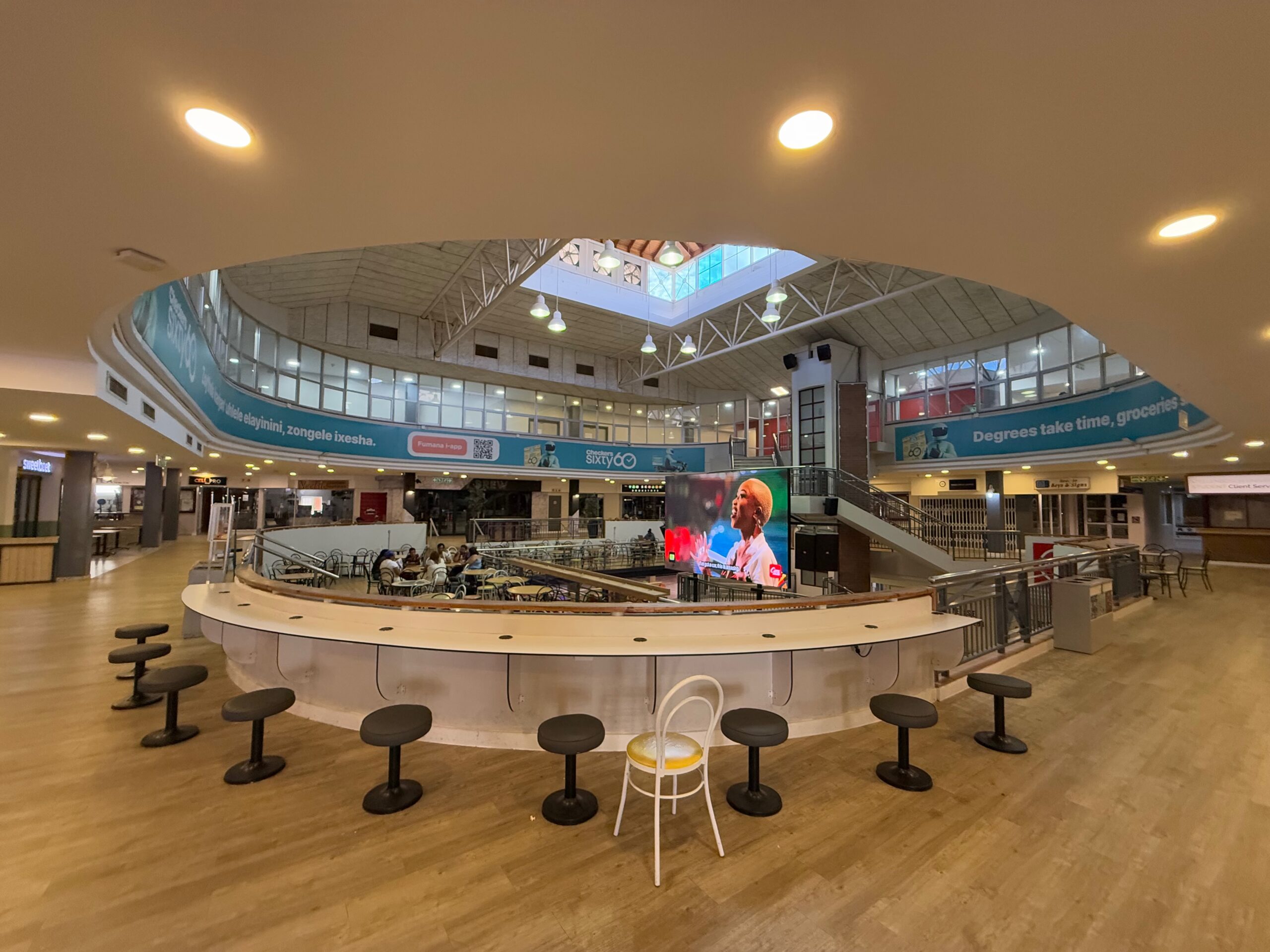
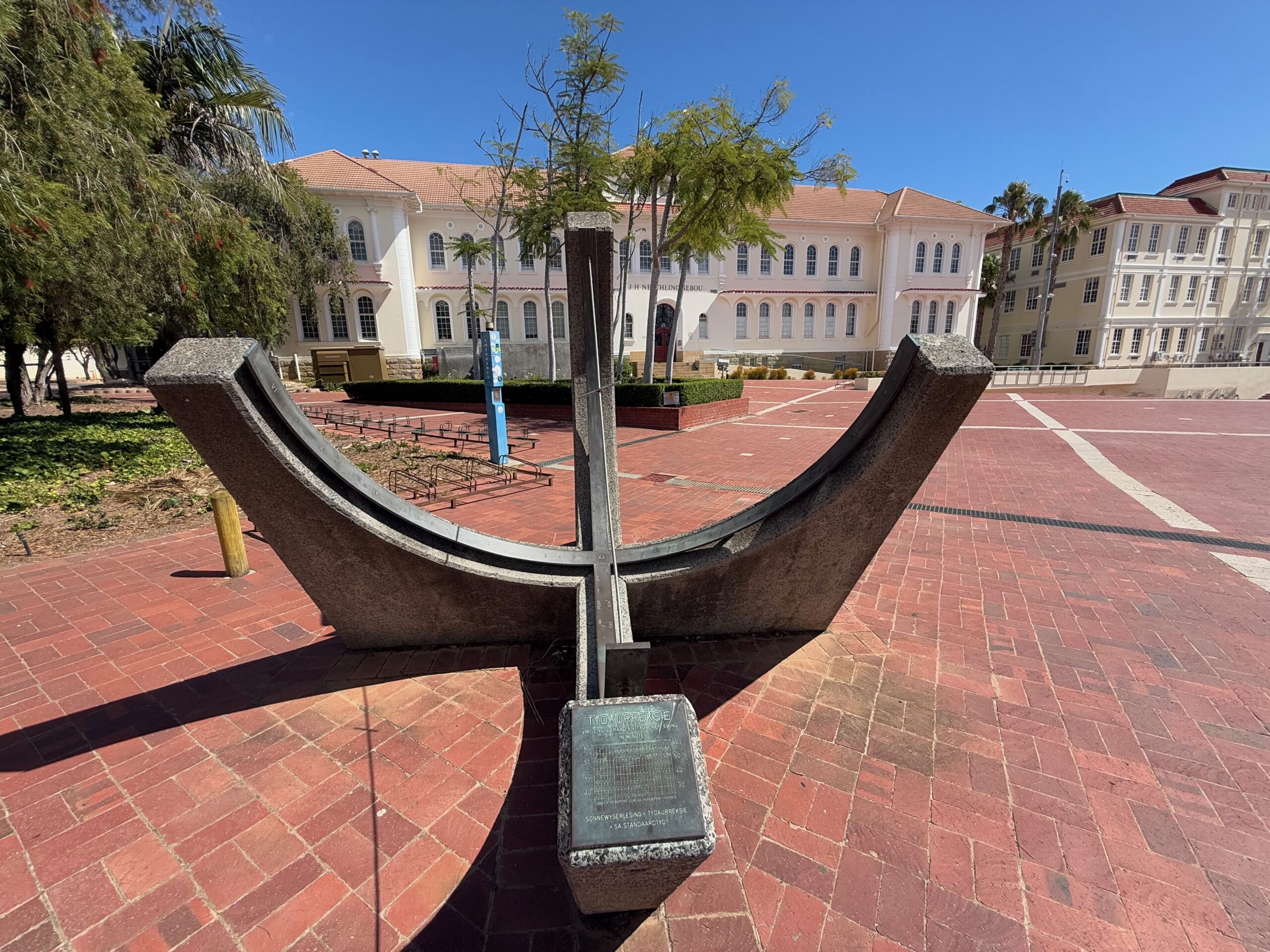

It was time to drive back from Plettenberg Bay to Cape Town on Saturday.
I stopped at my uncle and aunt in Mossel Bay, and took a few pictures around downtown and the beaches.
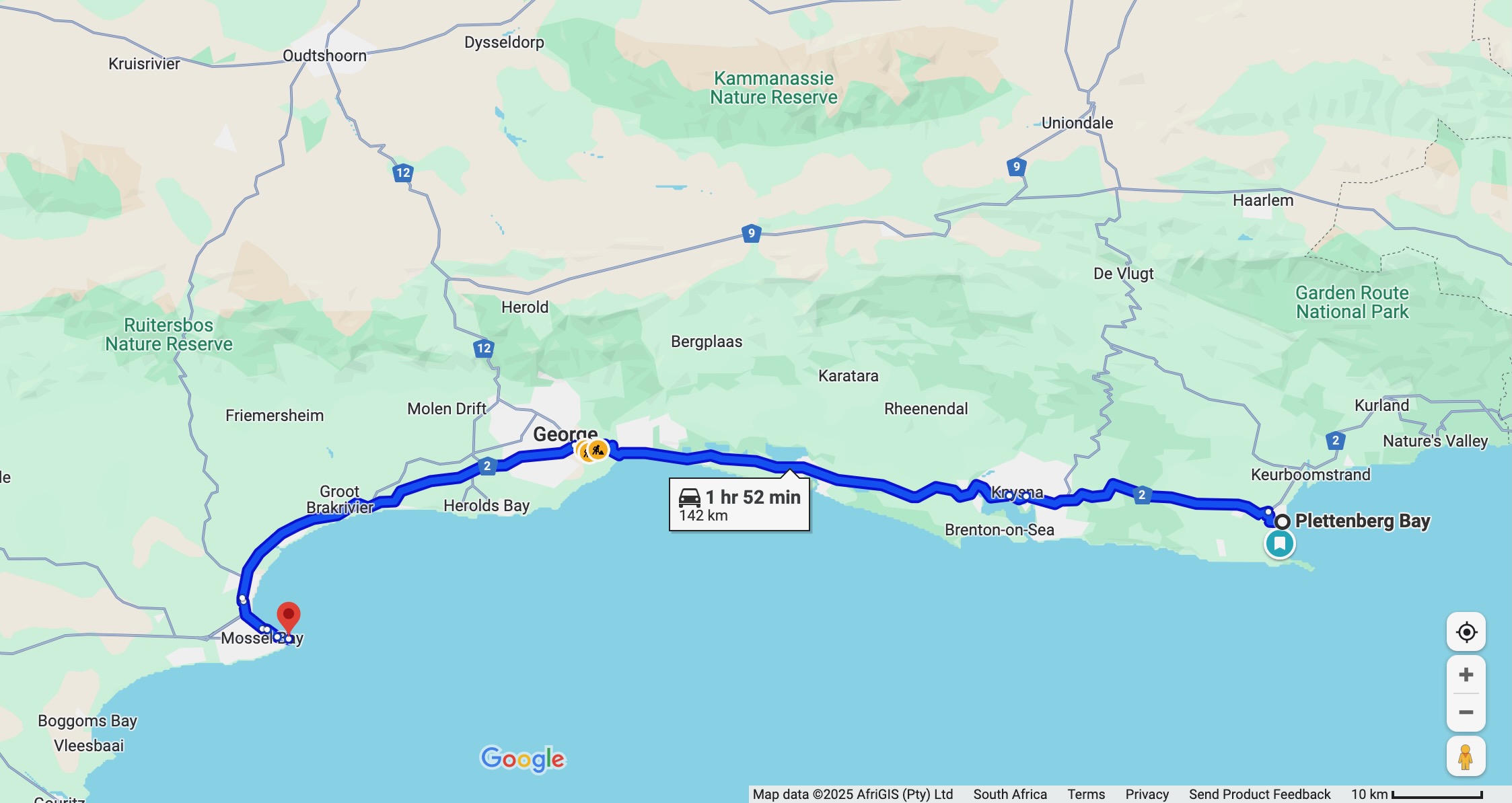

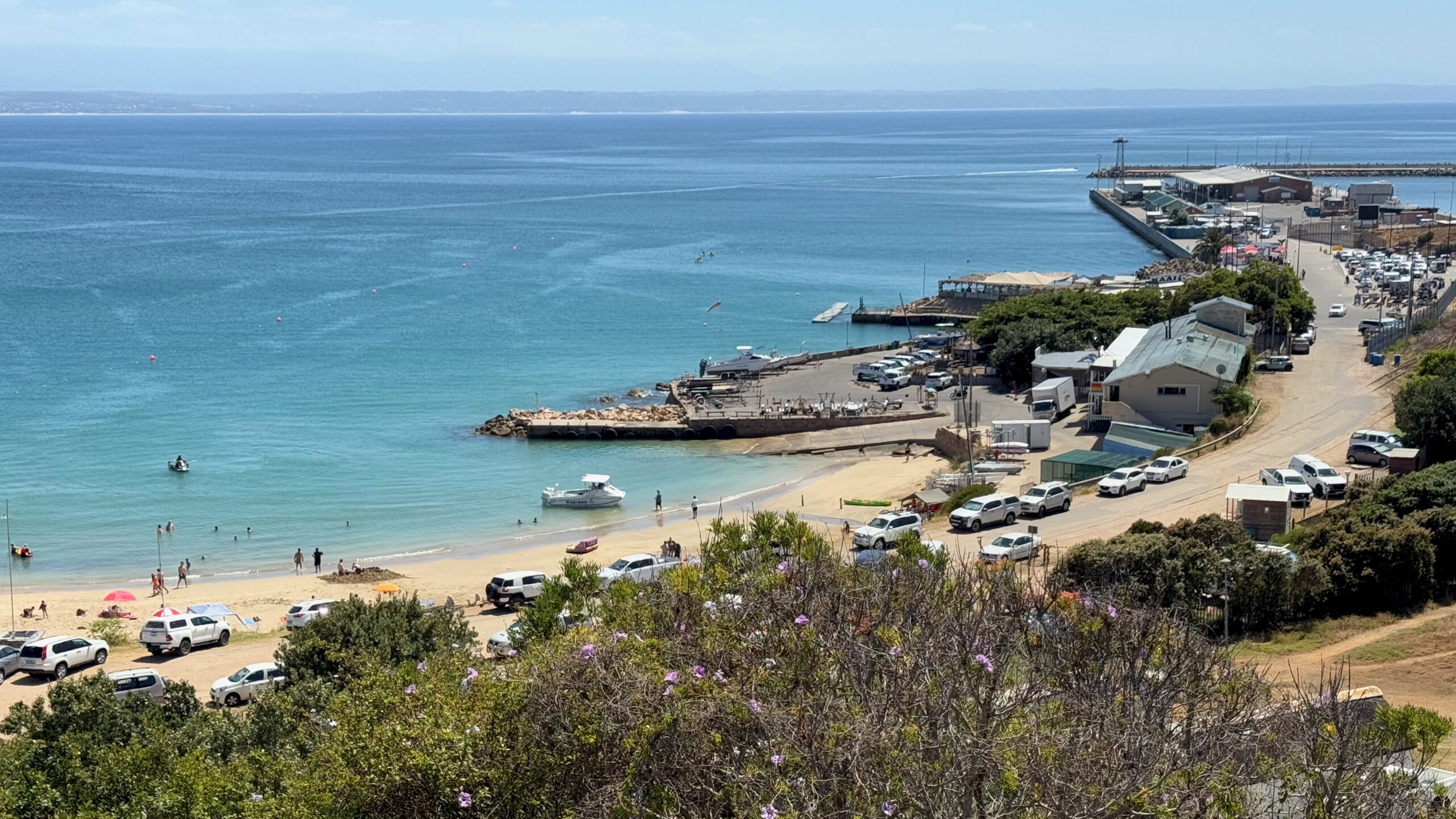
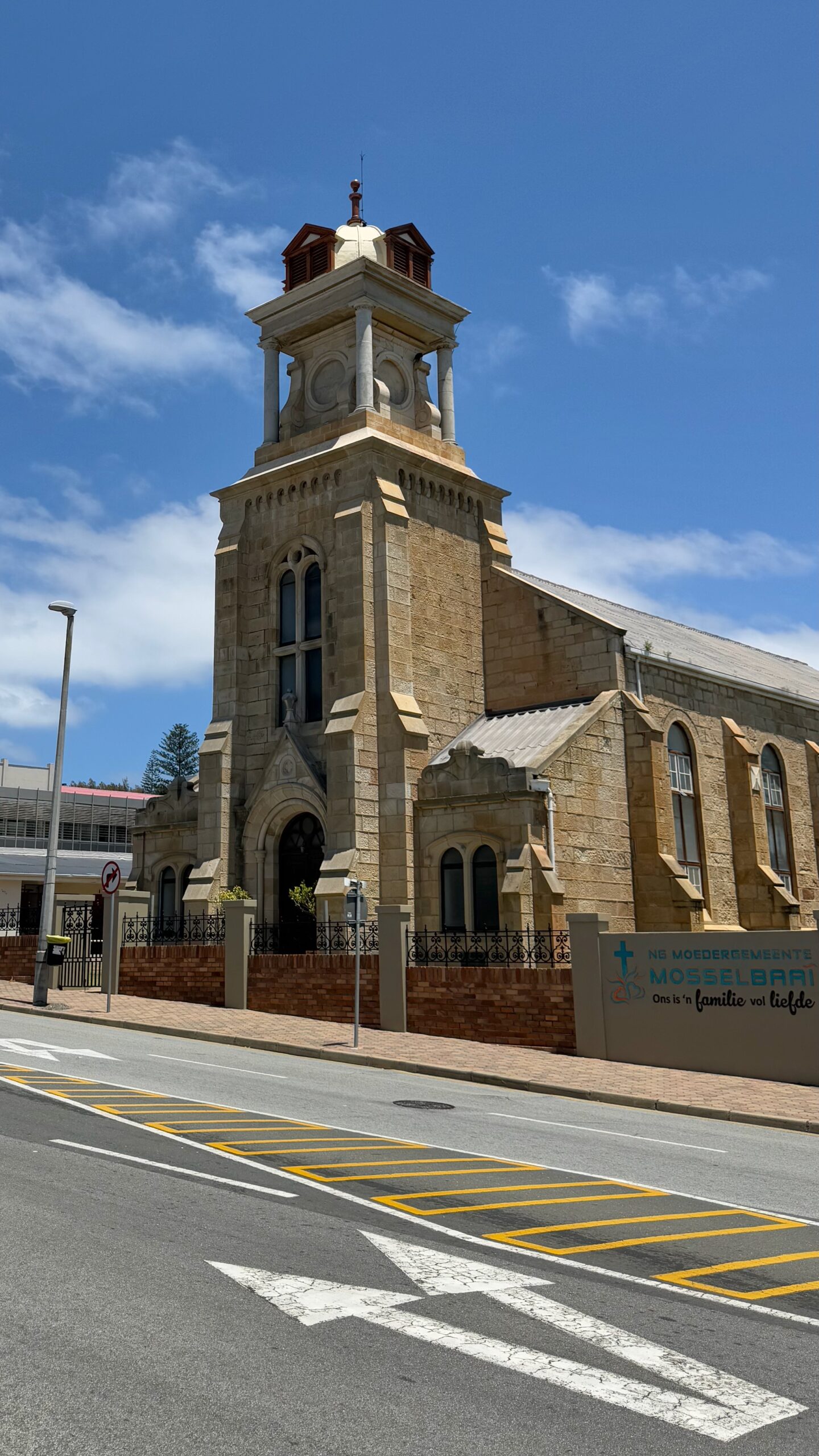
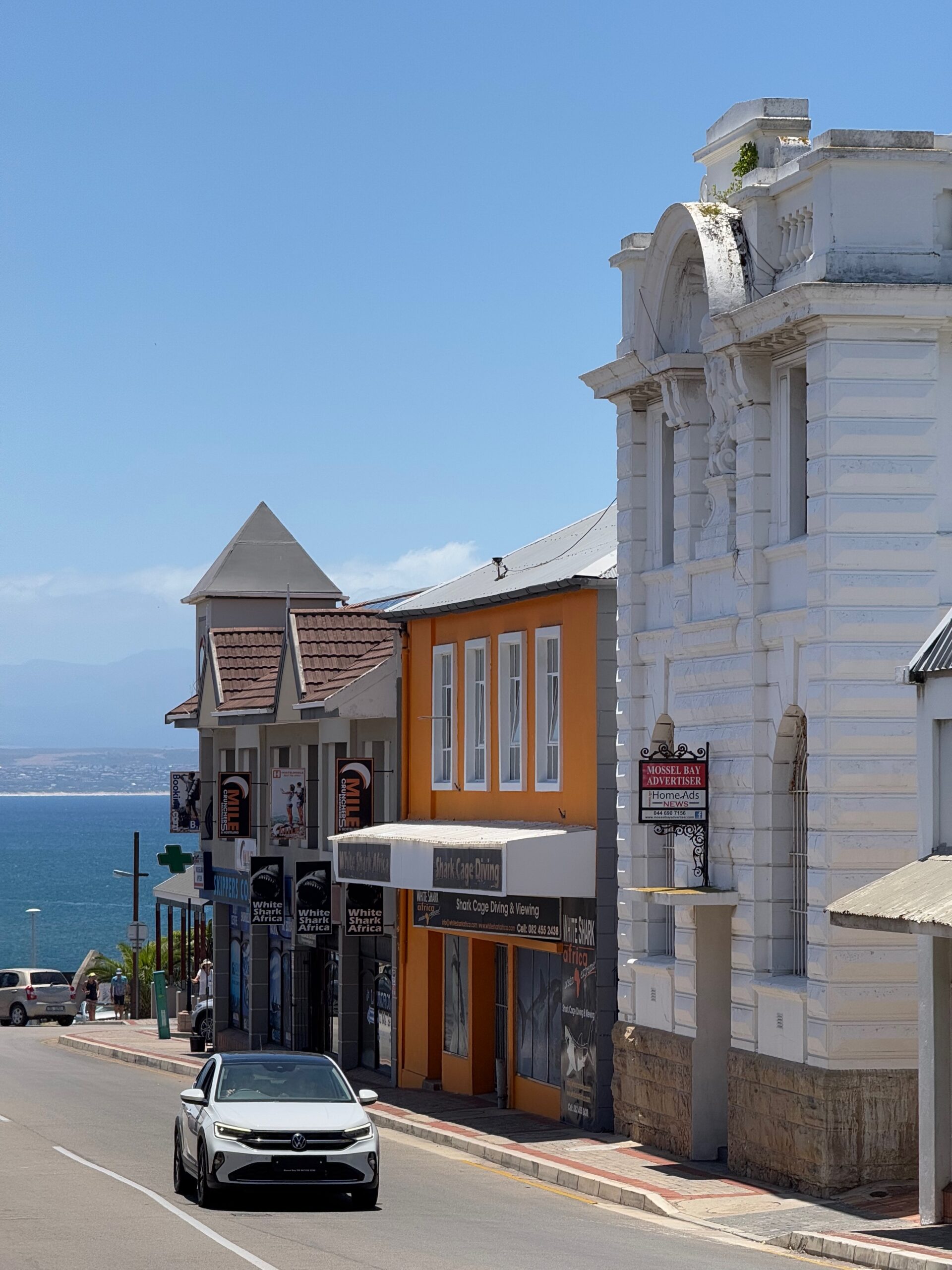
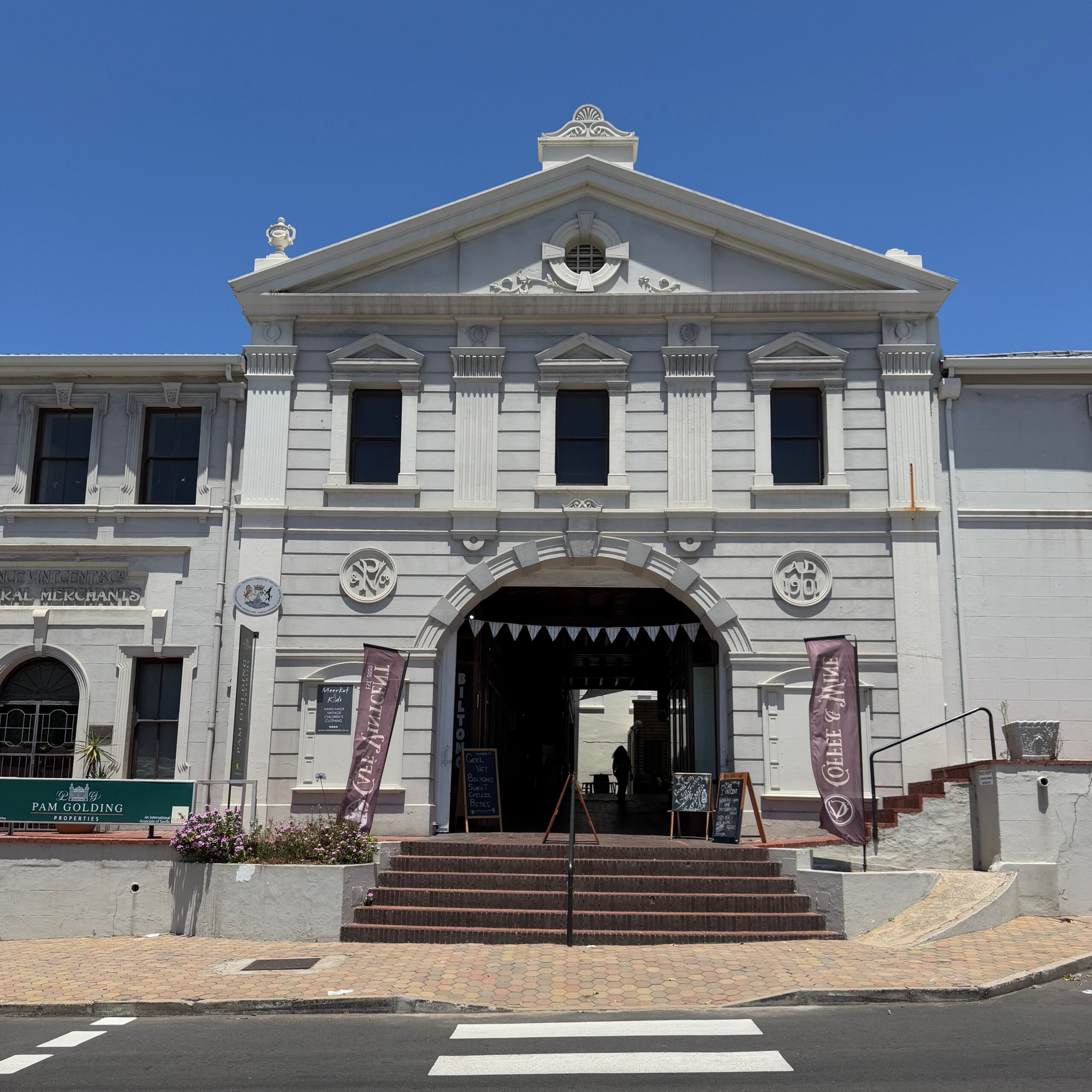
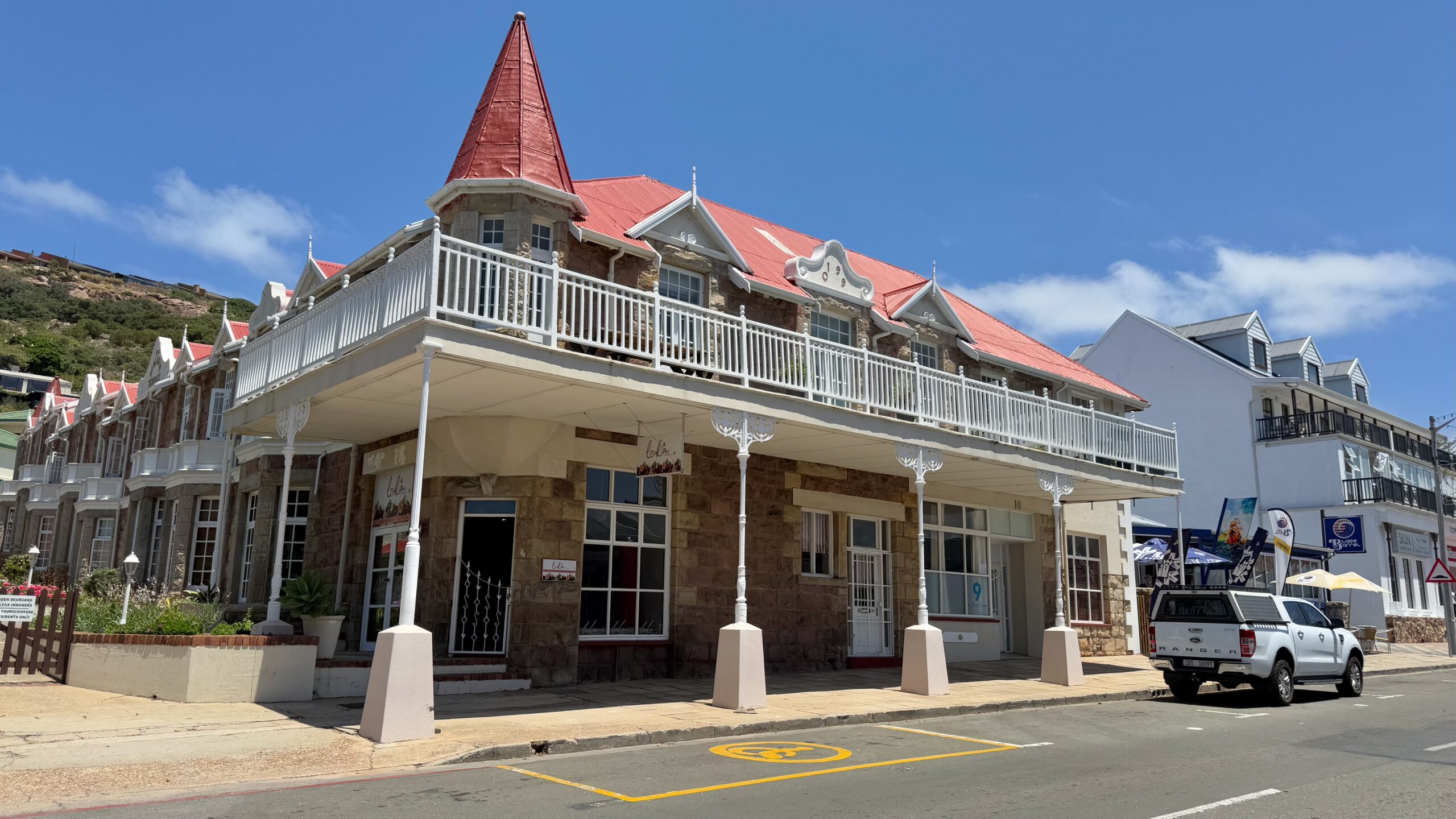
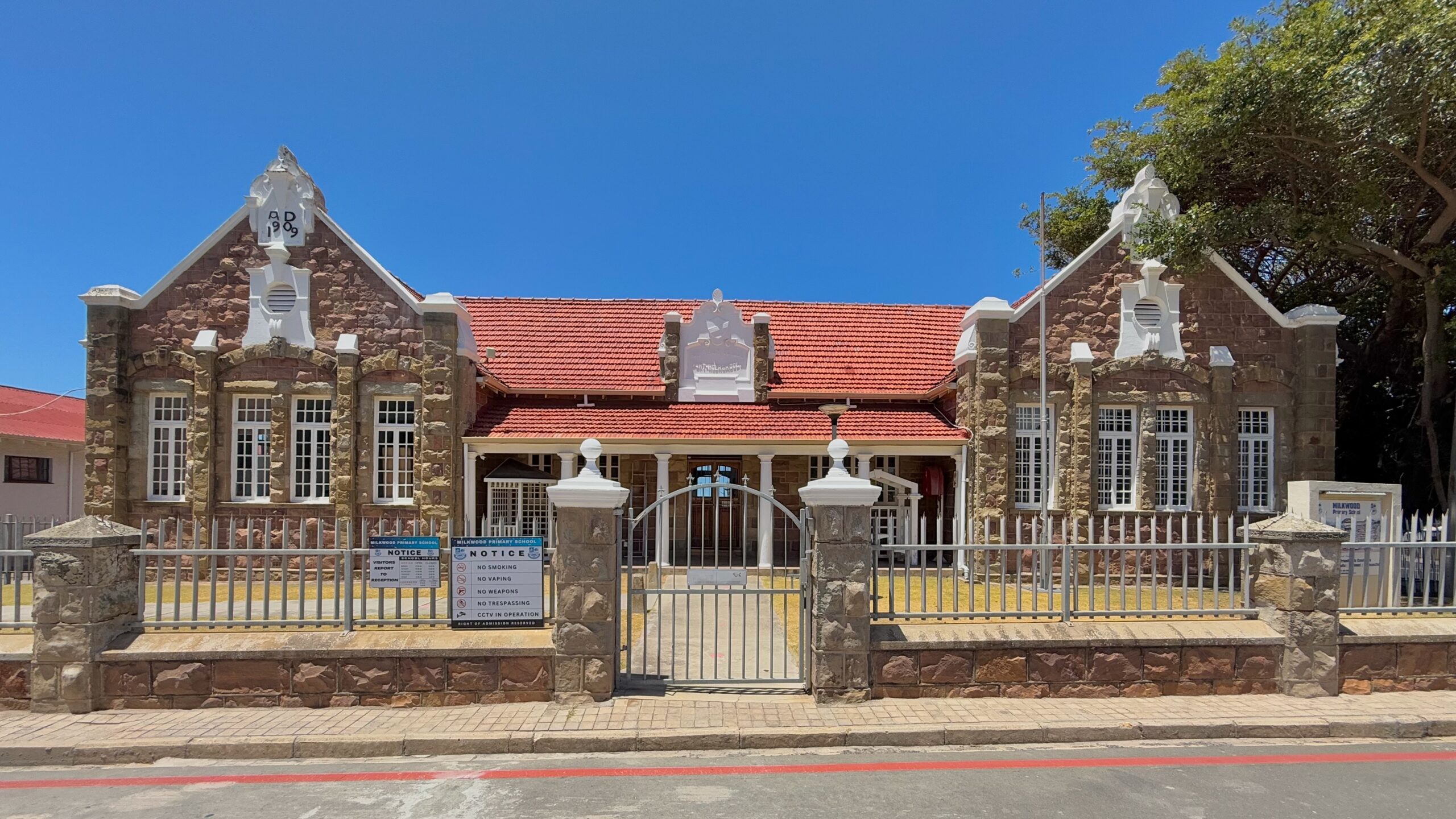
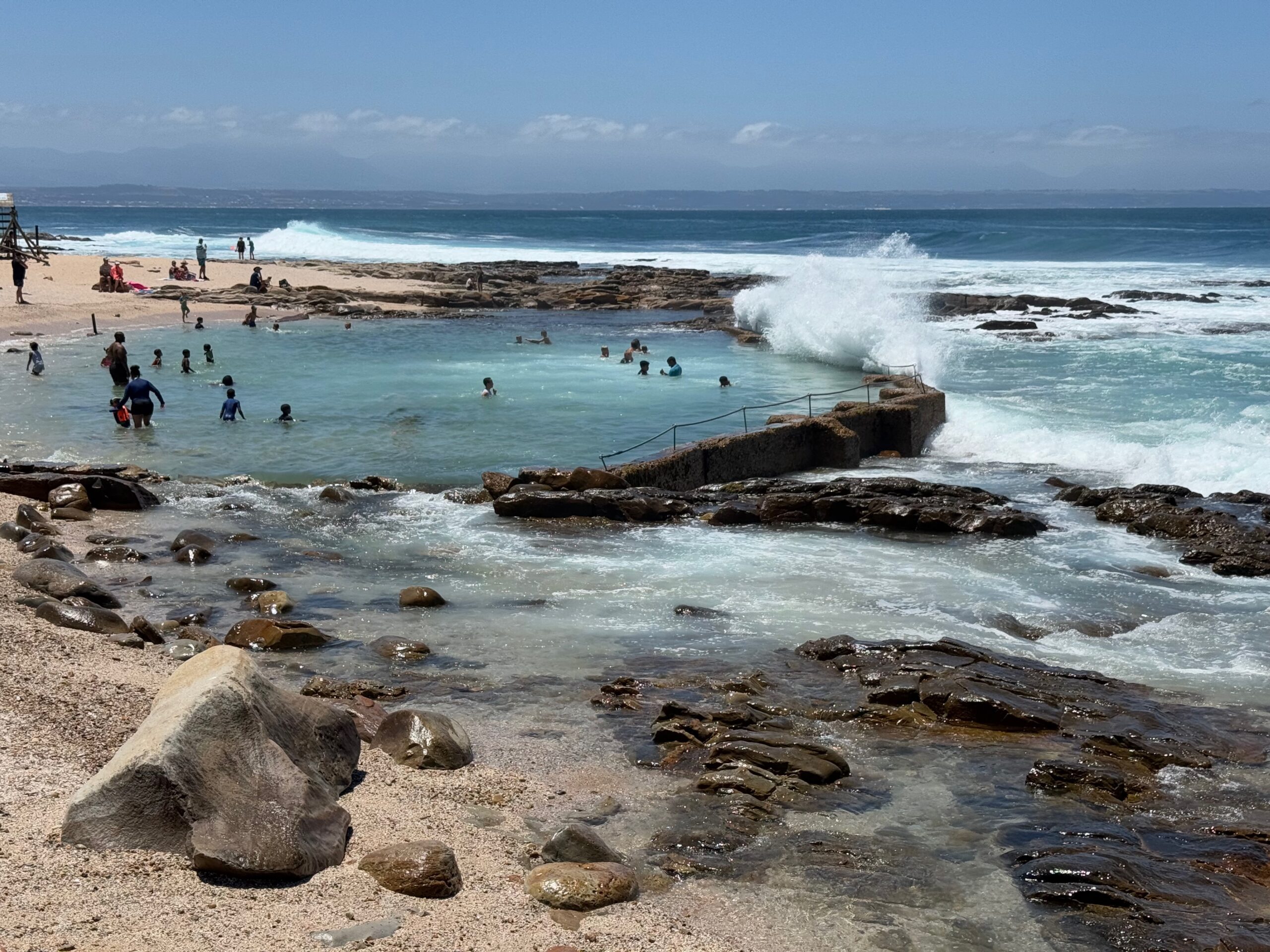


Here is a selection of photos du jour.
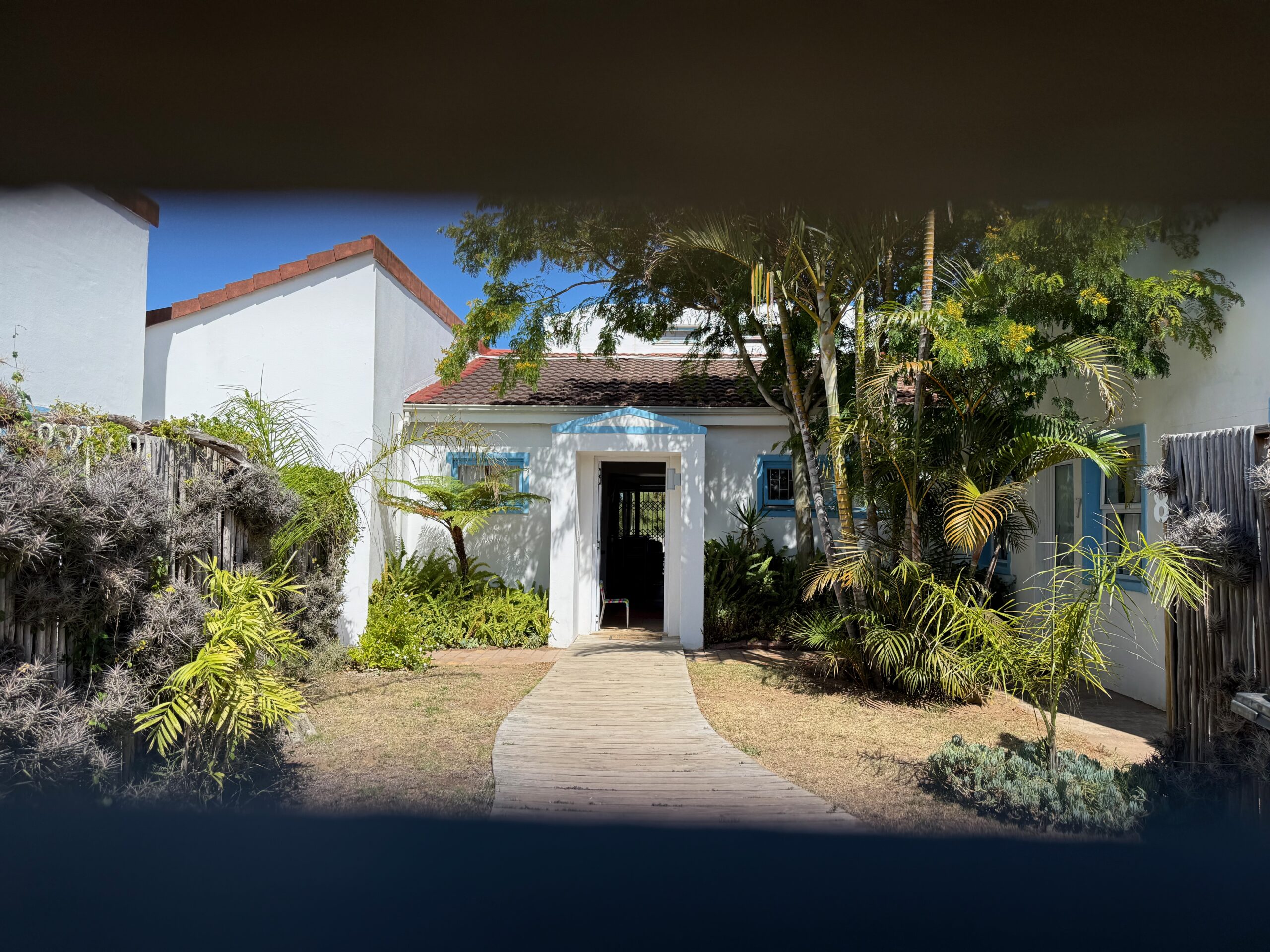
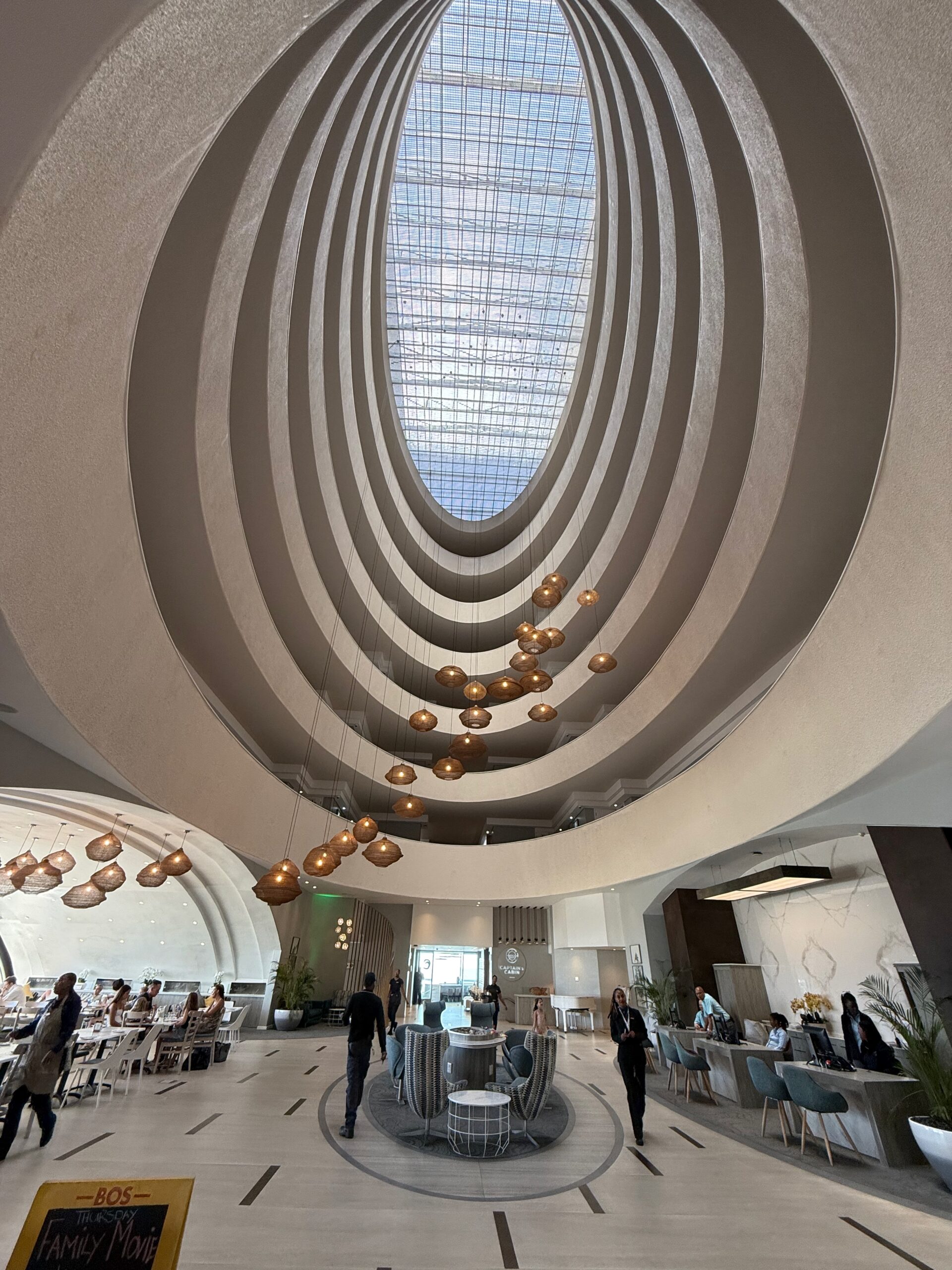
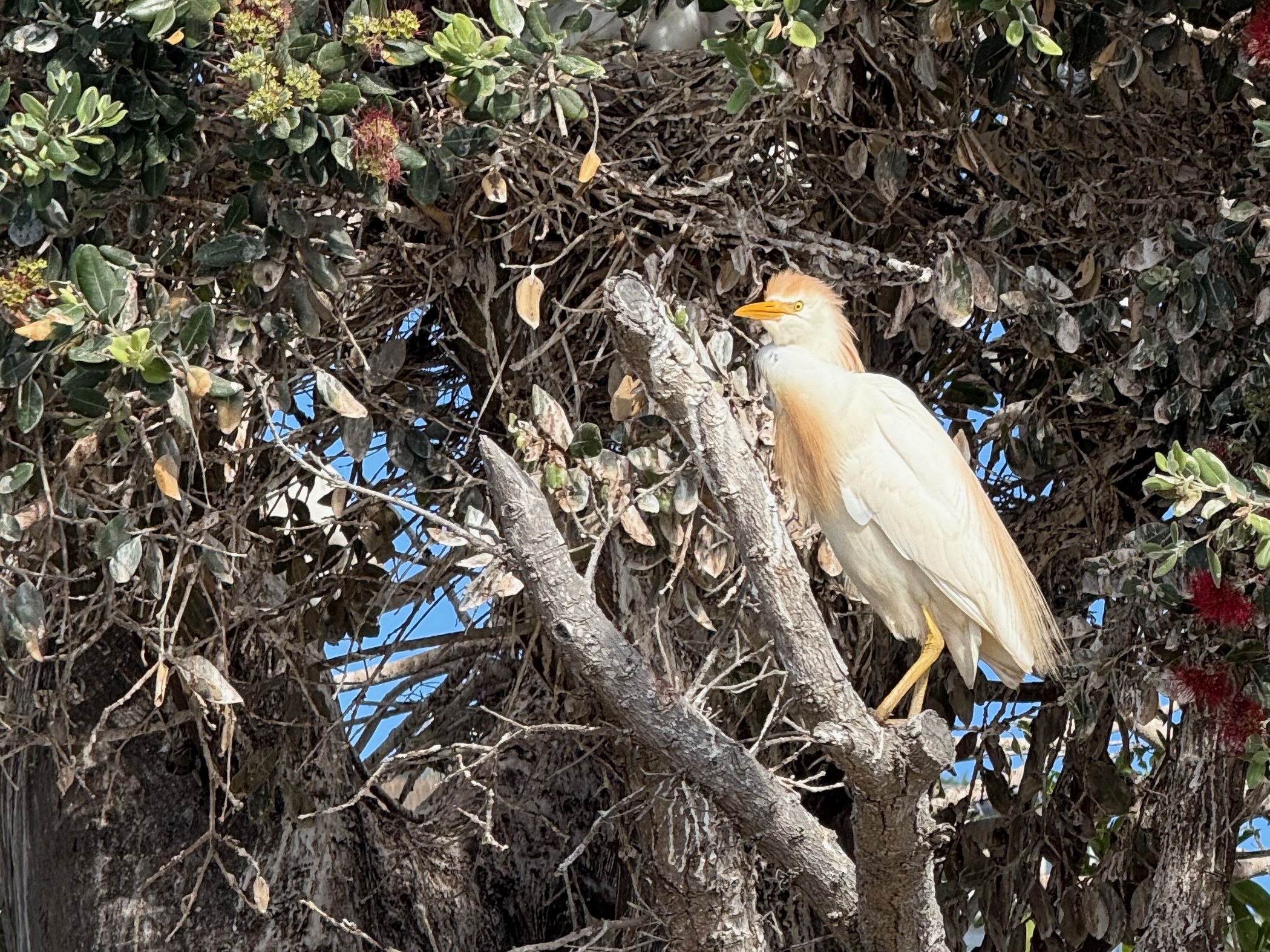
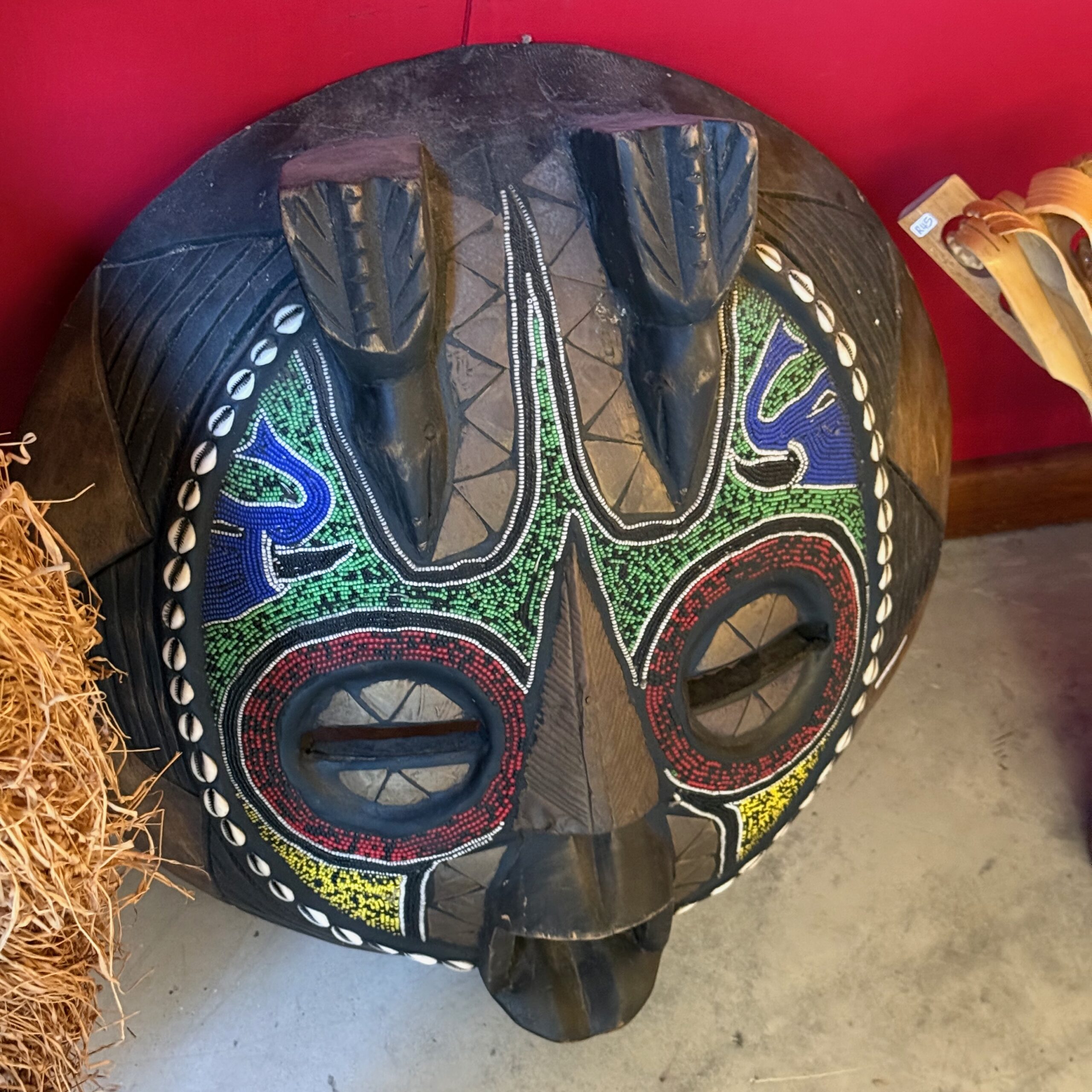

Knysna is a town on the Garden Route and 33 km (20 miles) west of Plettenberg Bay on the N2 national route.
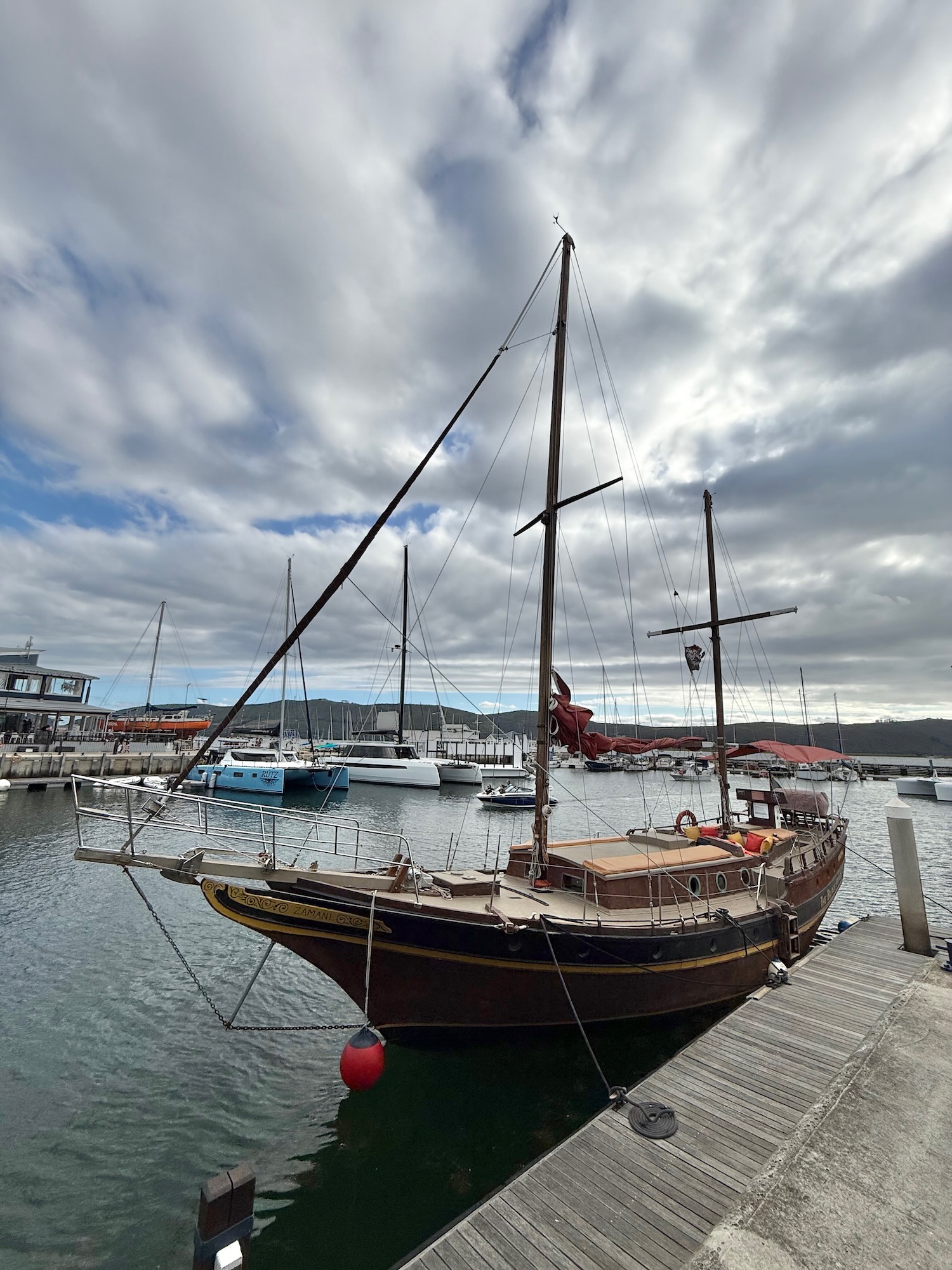
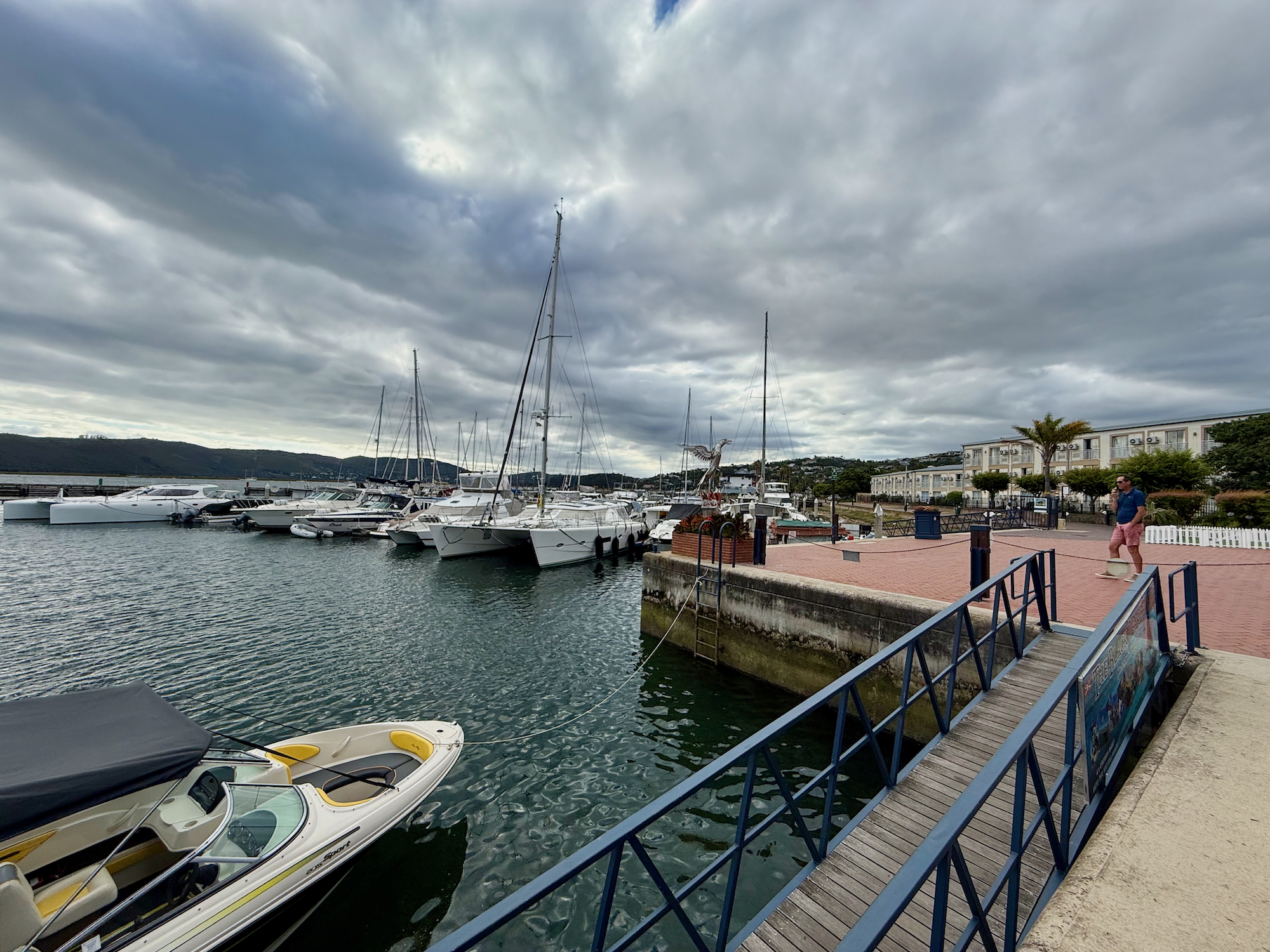
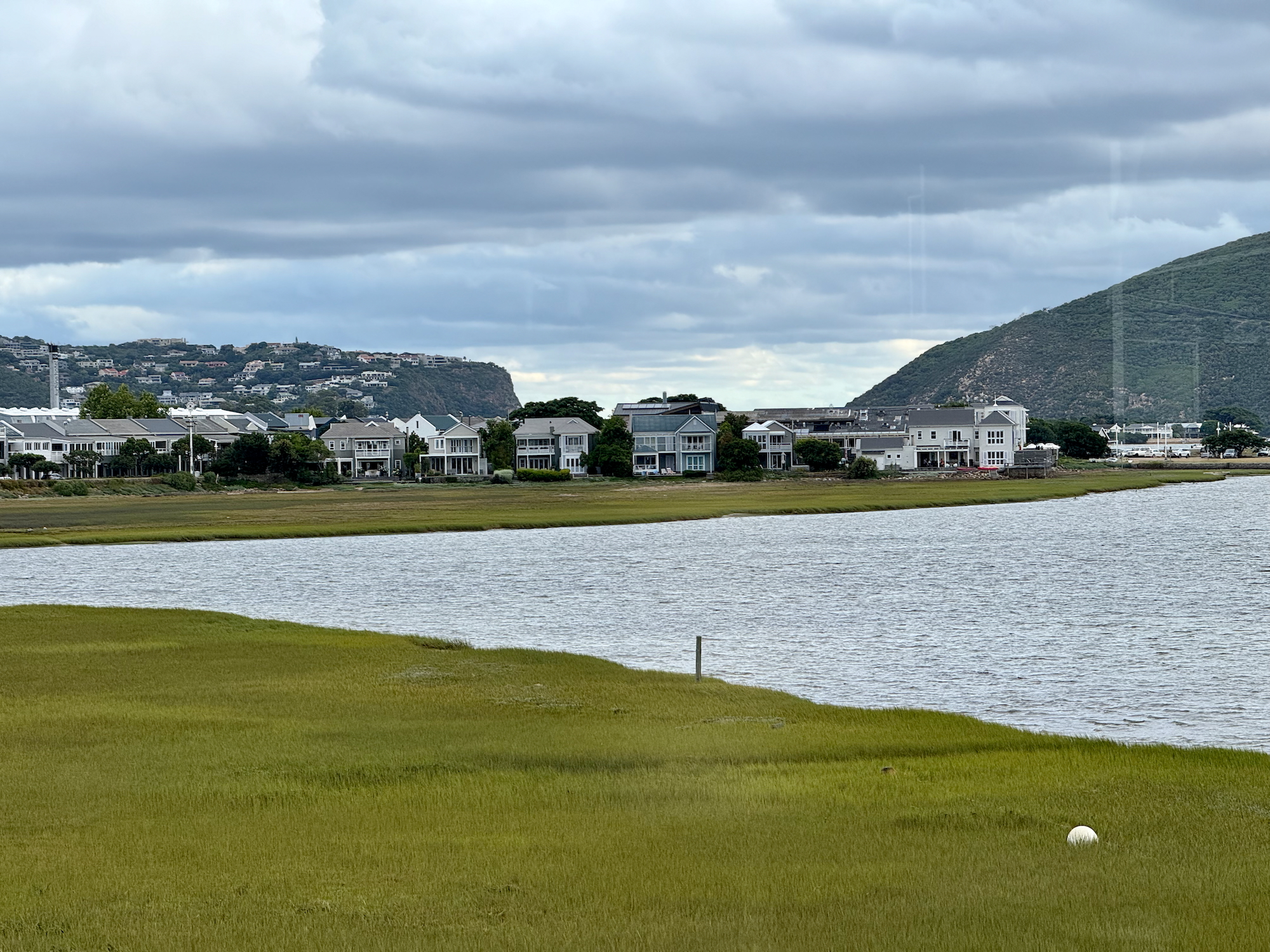


My friends and I went for a walk on Robberg beach this morning, and for a very pleasant swim in the Indian Ocean.
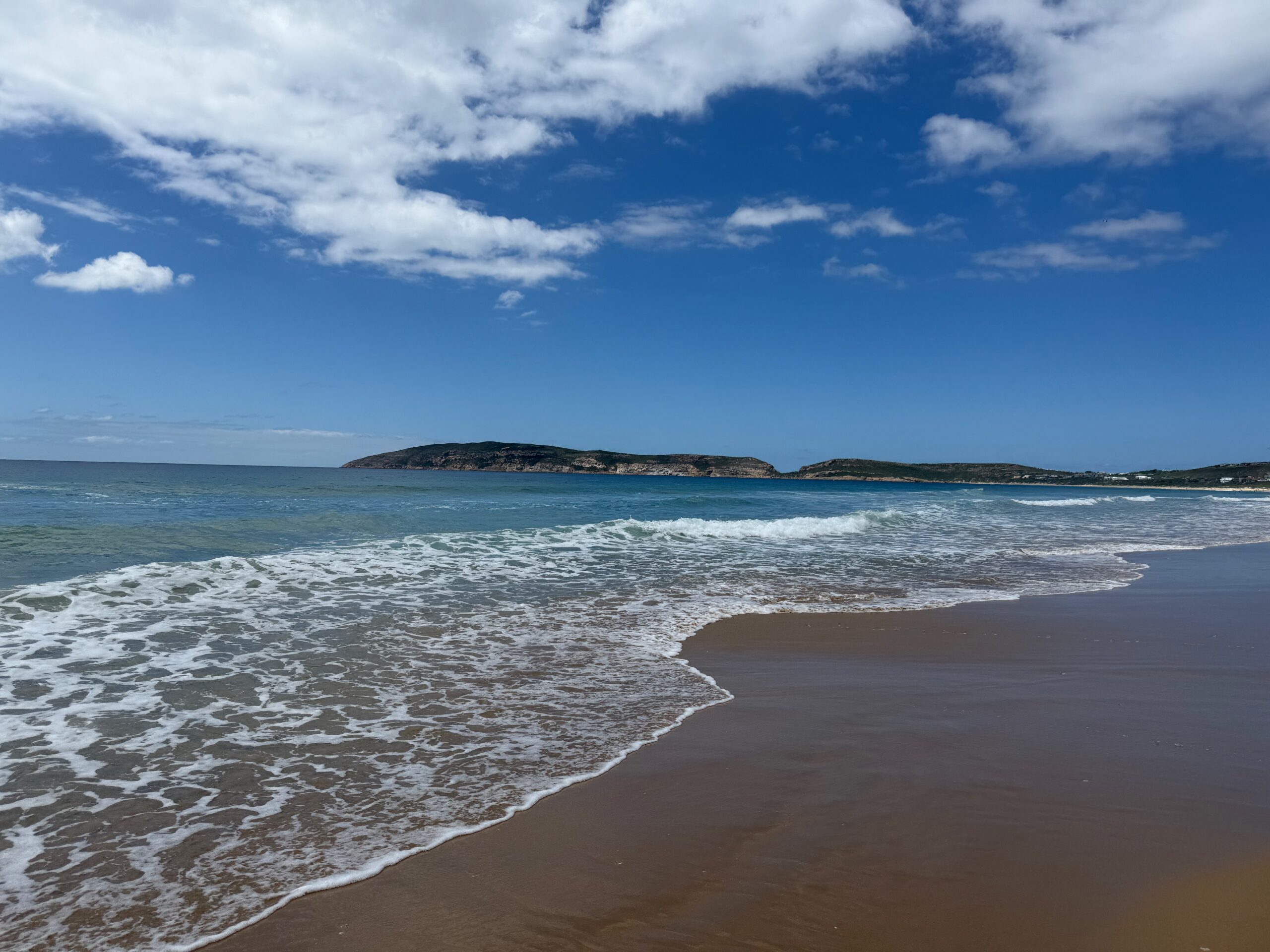
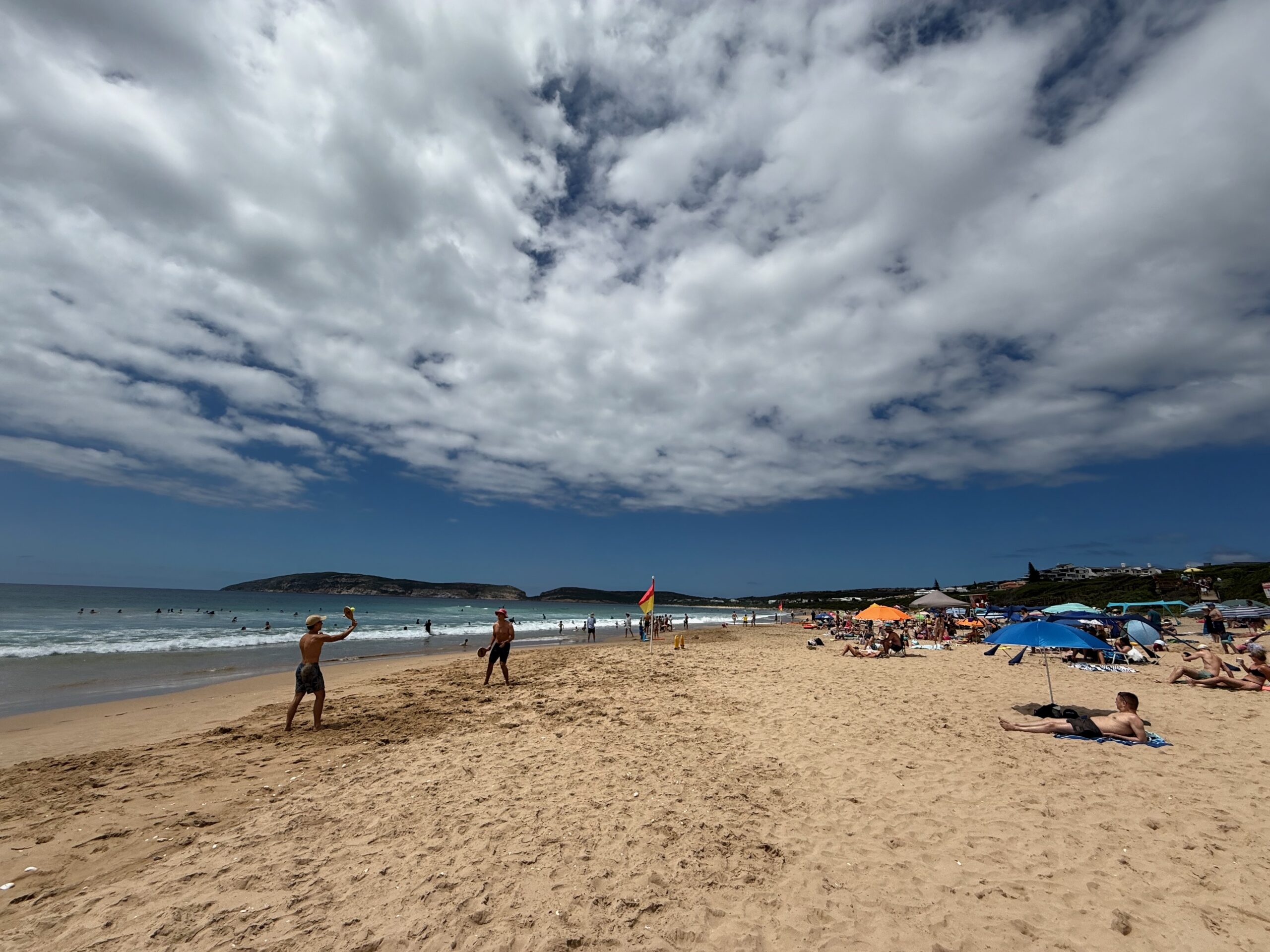

There was no rain today here in Plettenberg Bay, but it was still cloudy and mild, with a high of only 23 °C (74 °F).
I went for a walk on Central Beach late this afternoon.
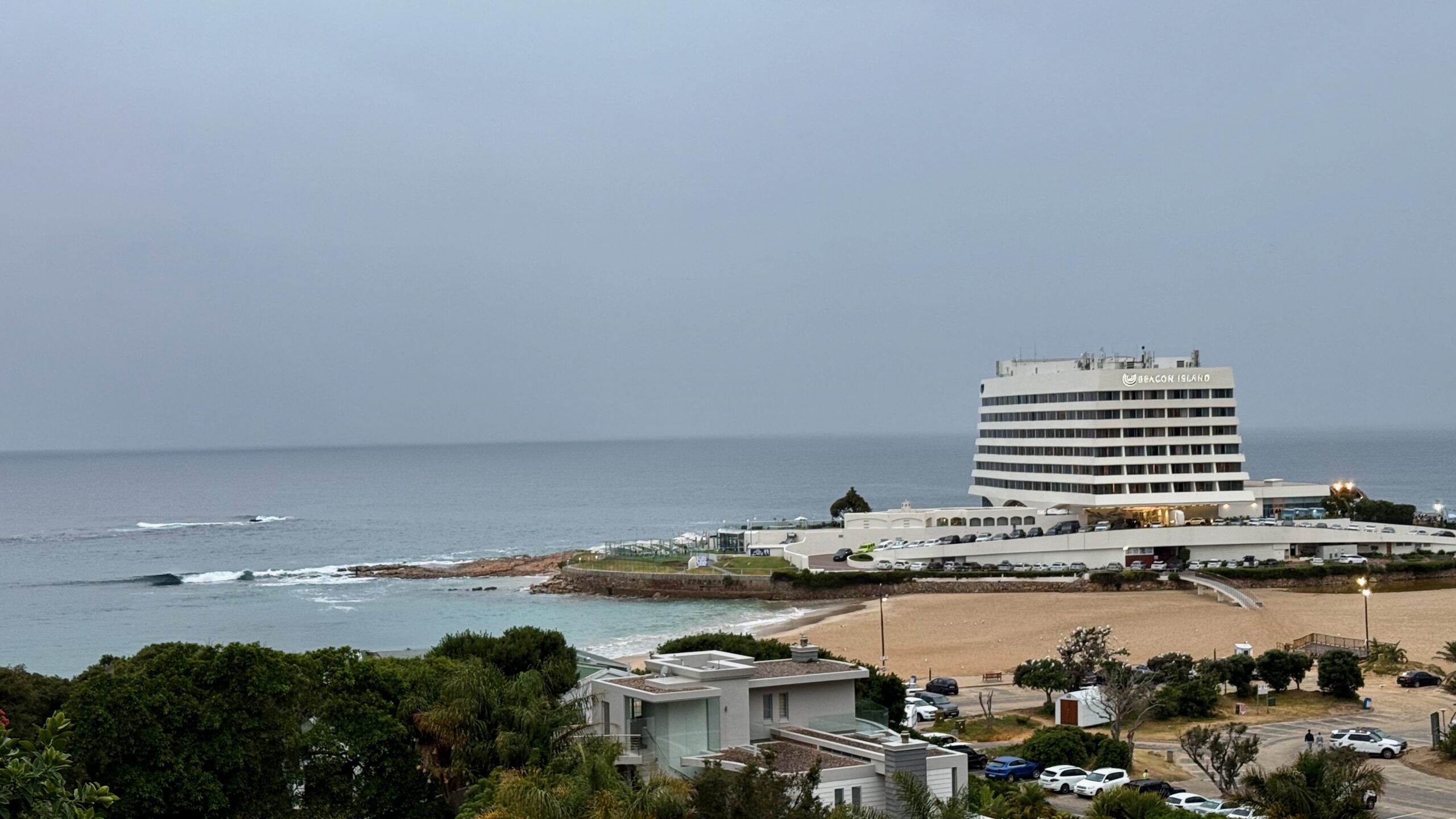
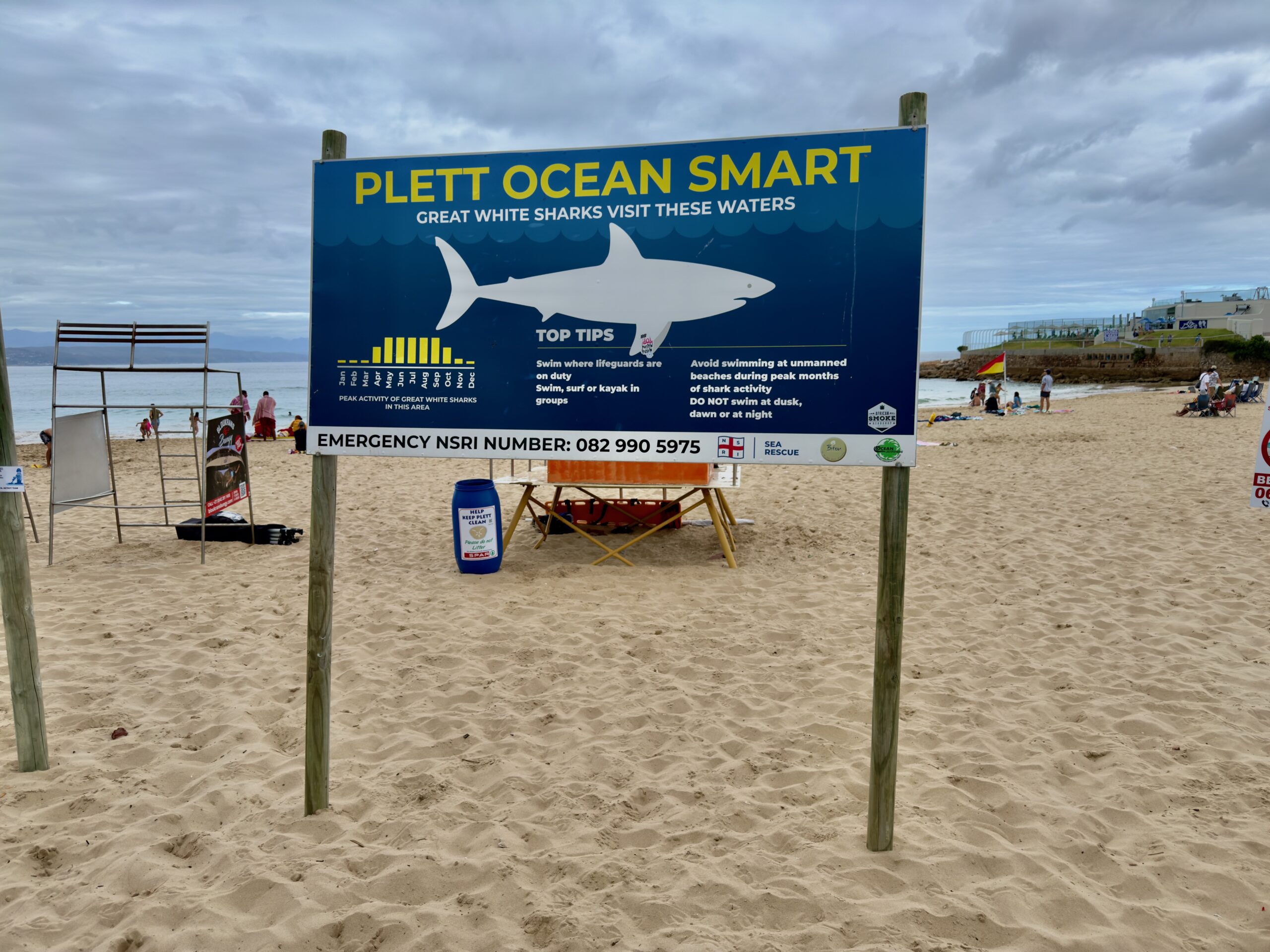

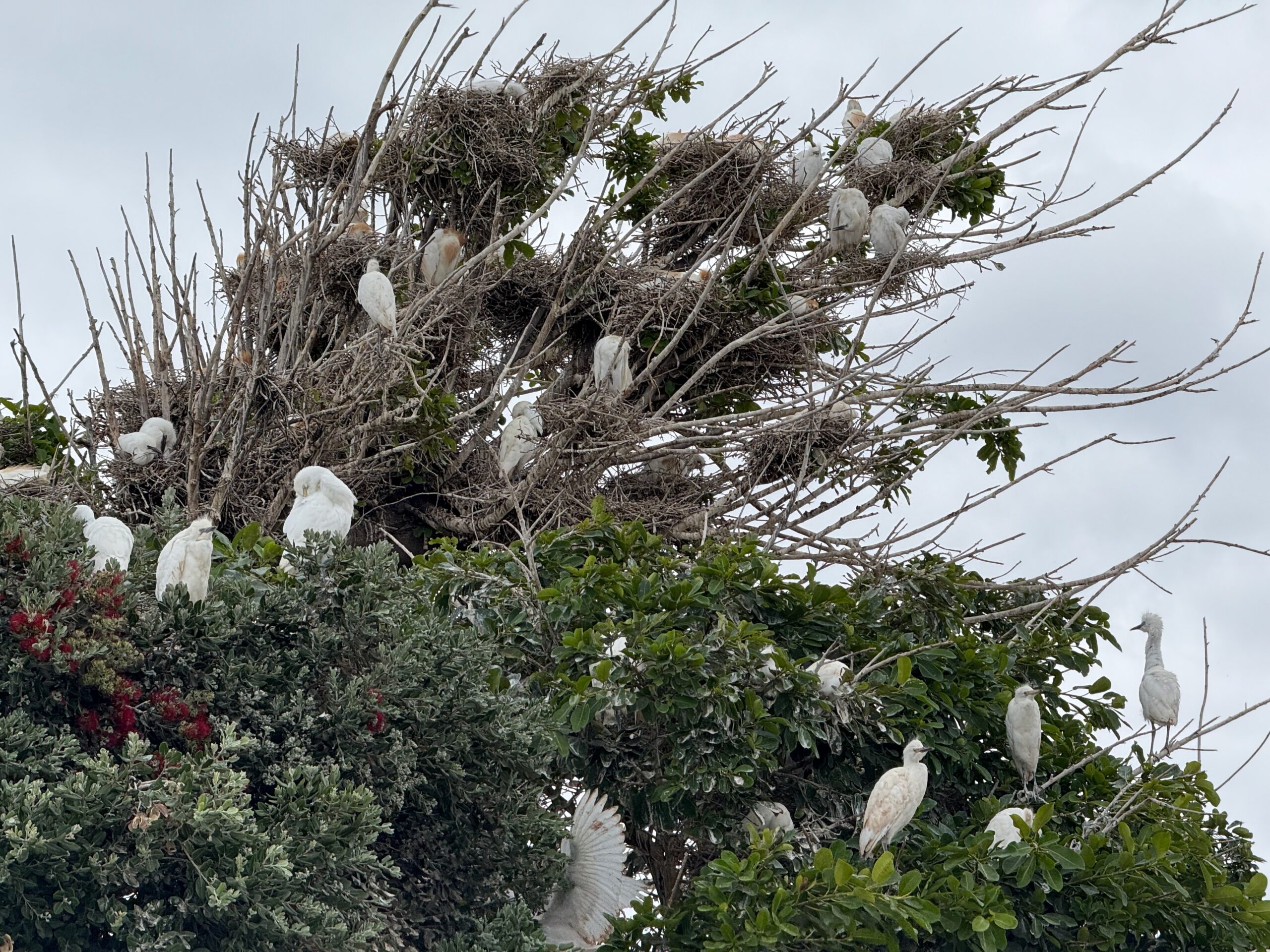
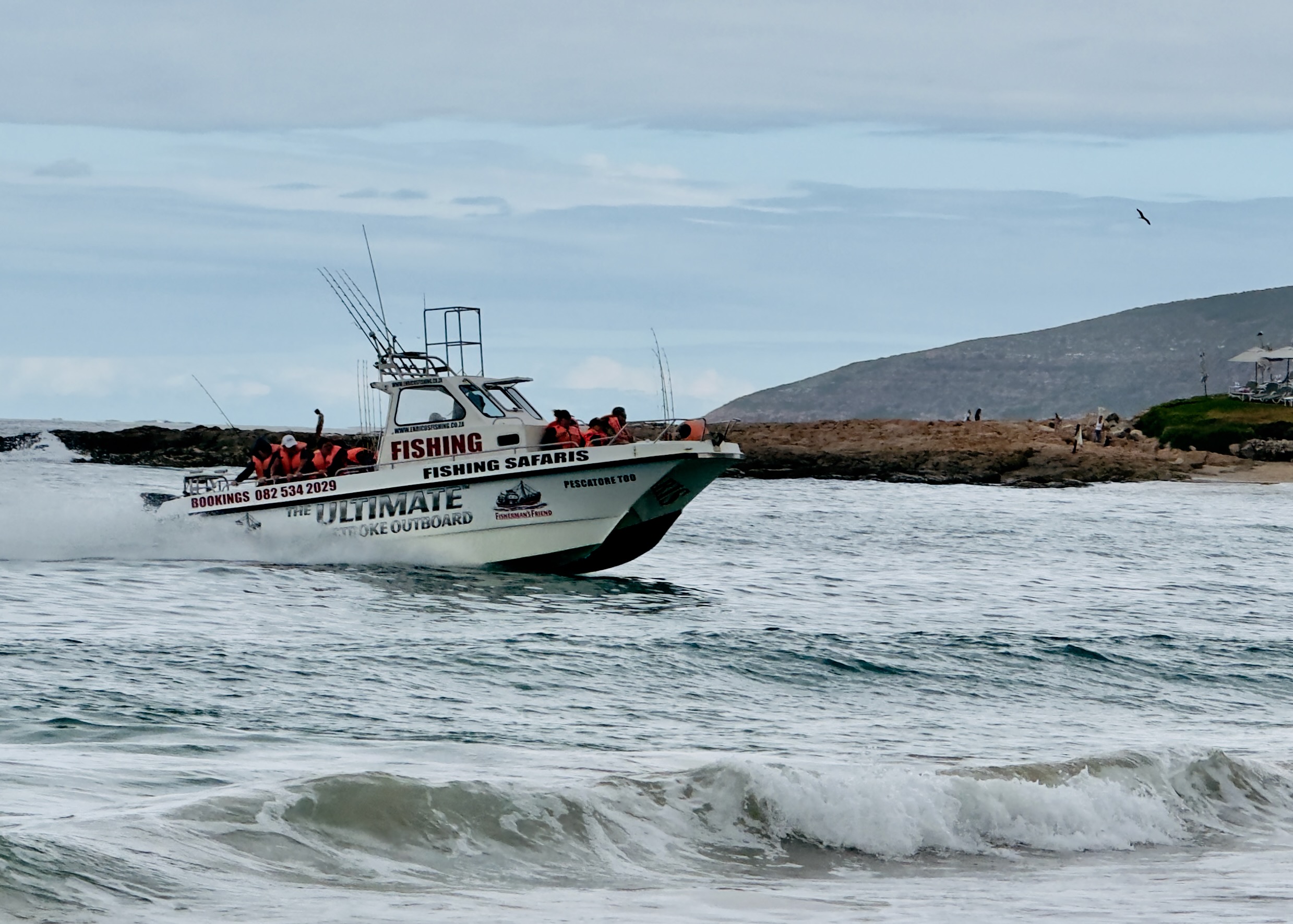
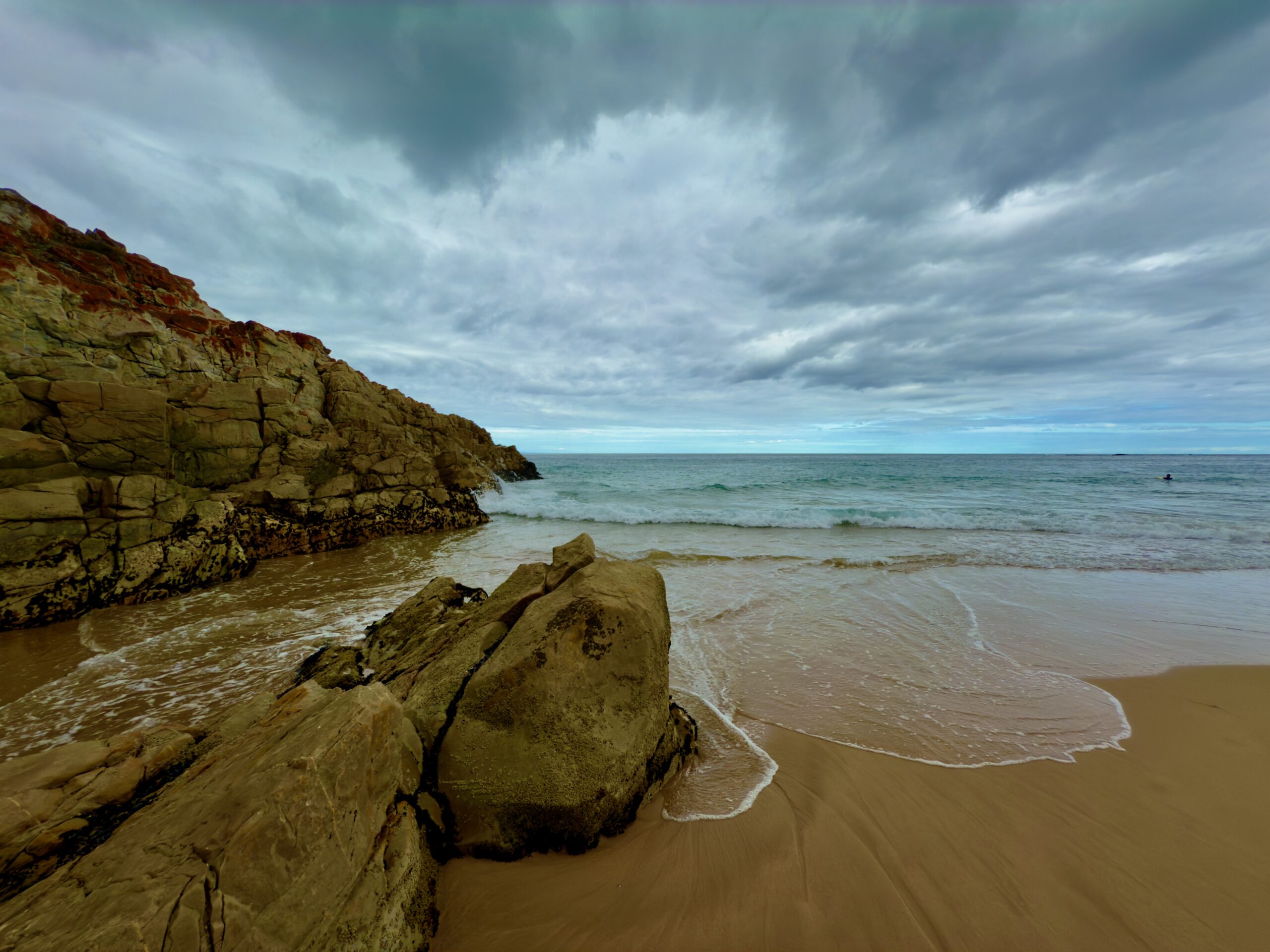

It’s a 6-hour drive to Plettenberg Bay. We opted for the N1 national route through the Huguenot Tunnel to Swellendam, from where we took the N2 to Plettenberg Bay.
I could only take pictures of the first half of the drive, while I was the passenger and not the driver.

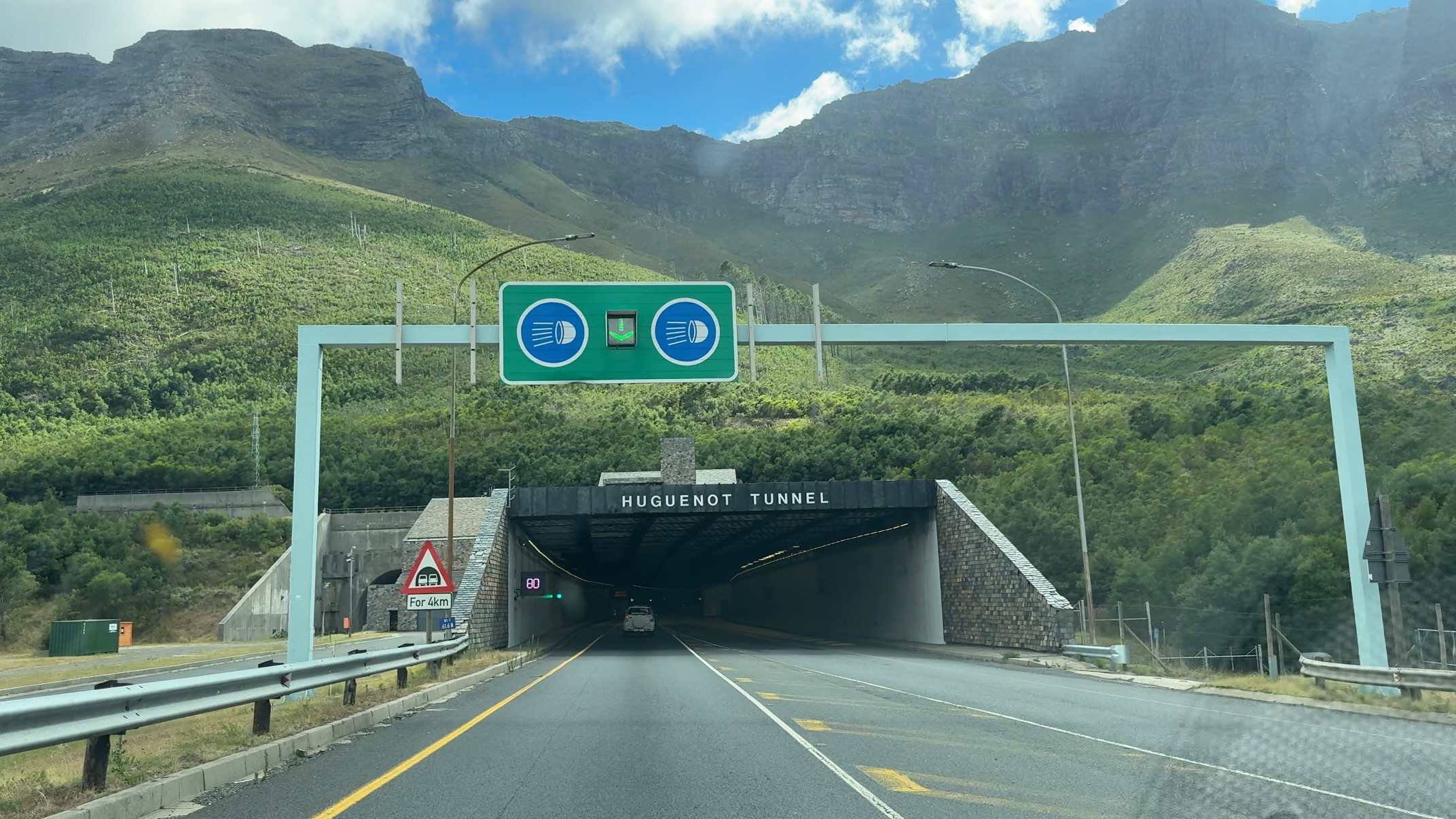
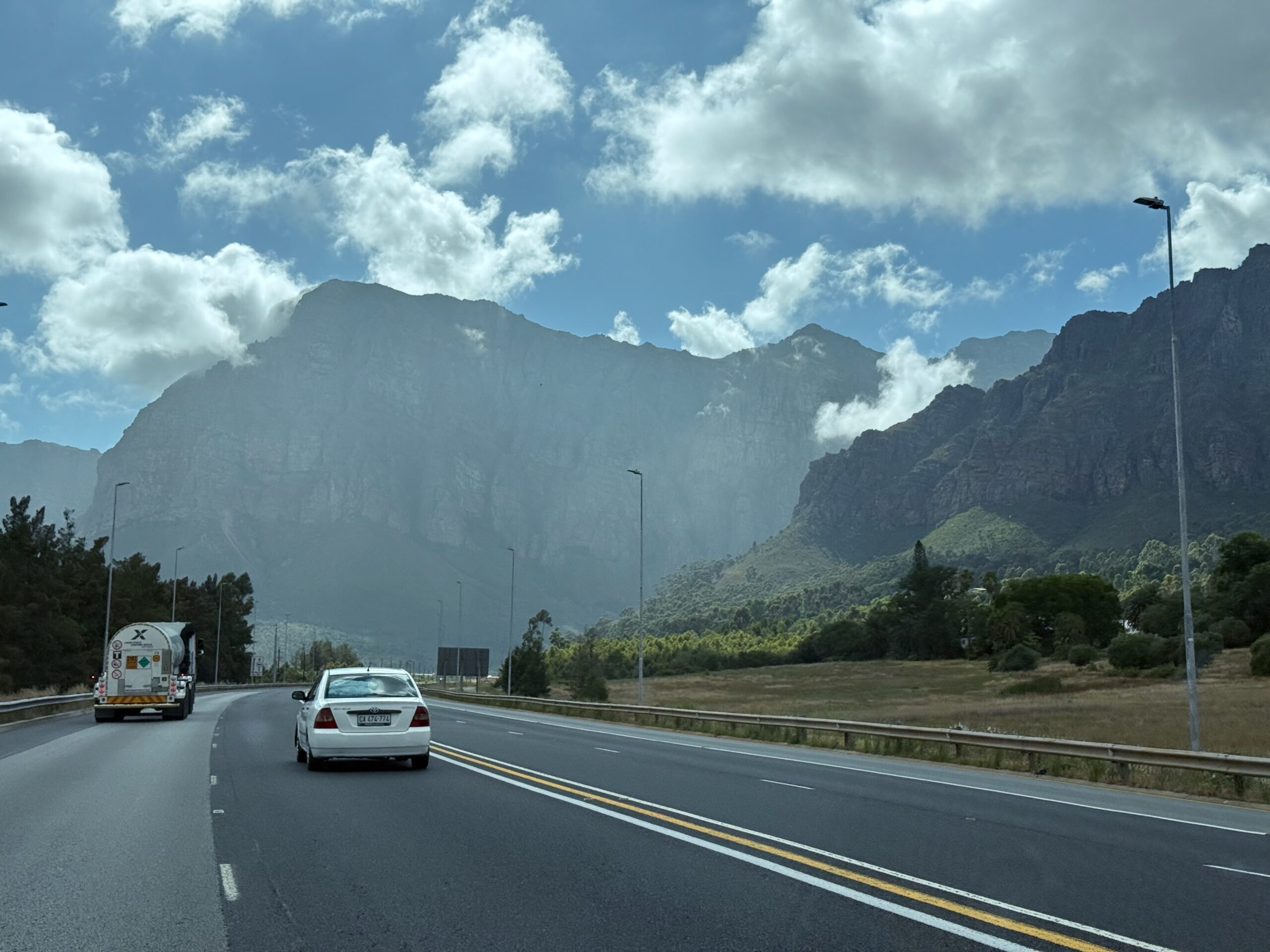


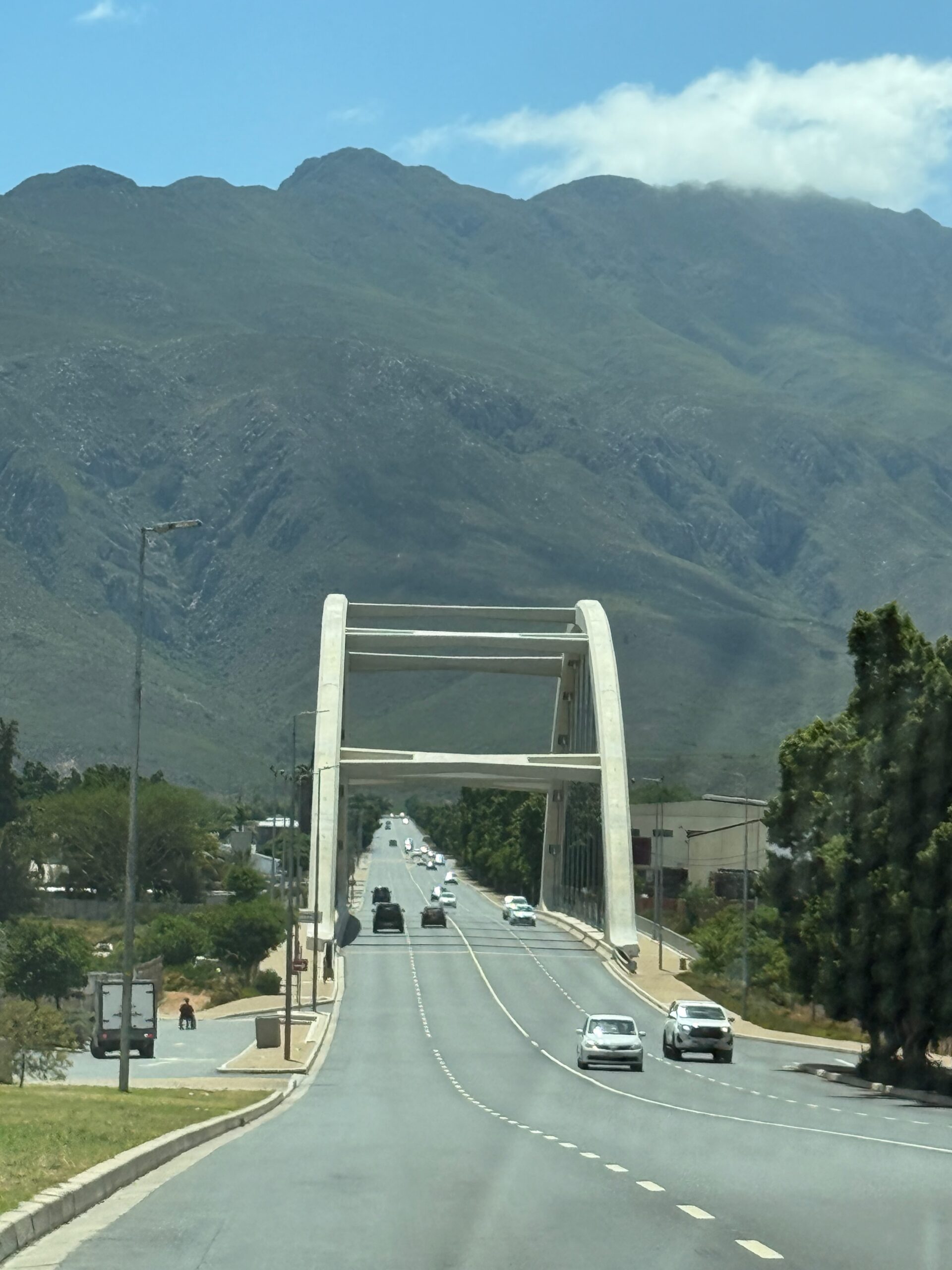

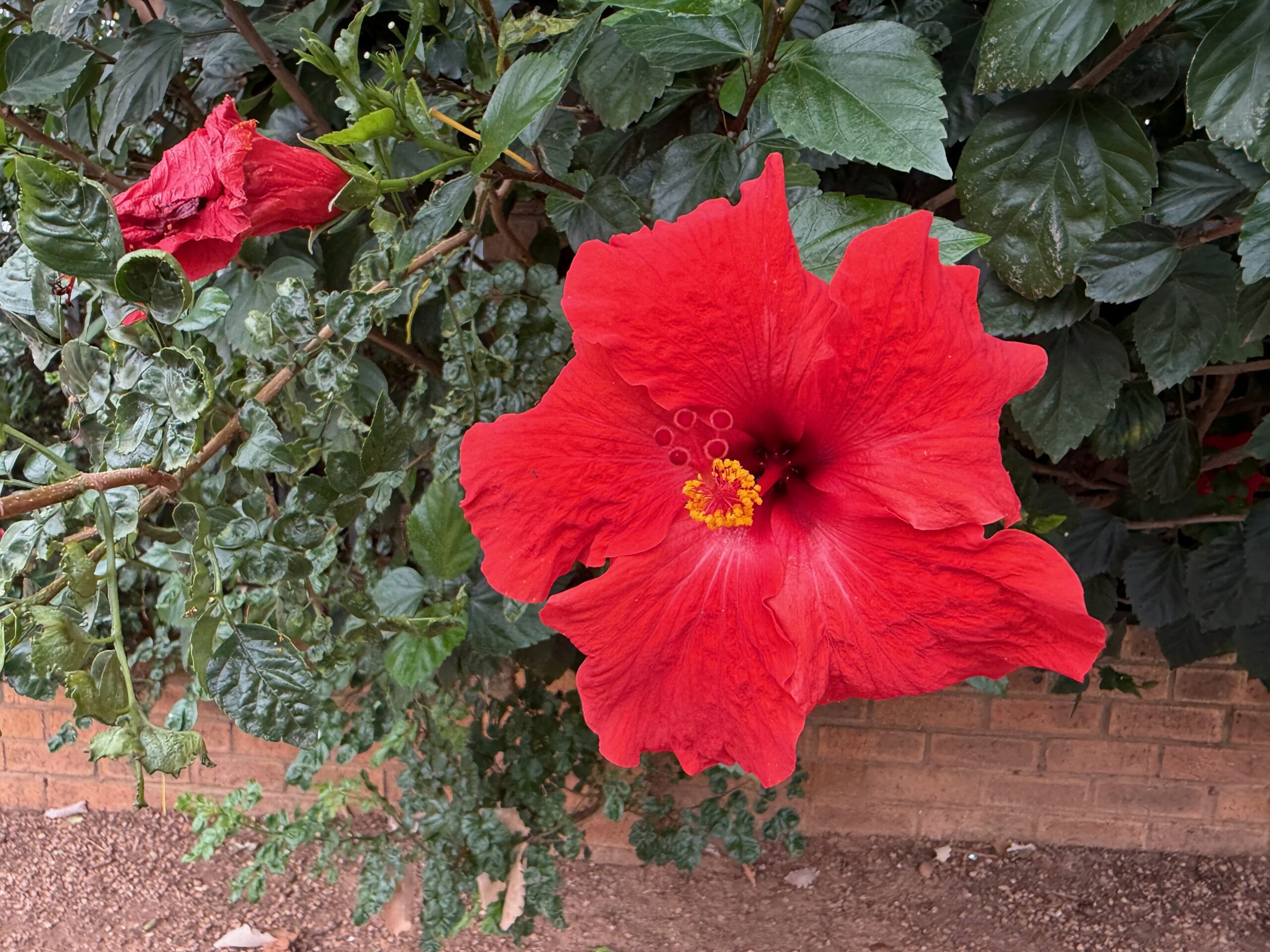
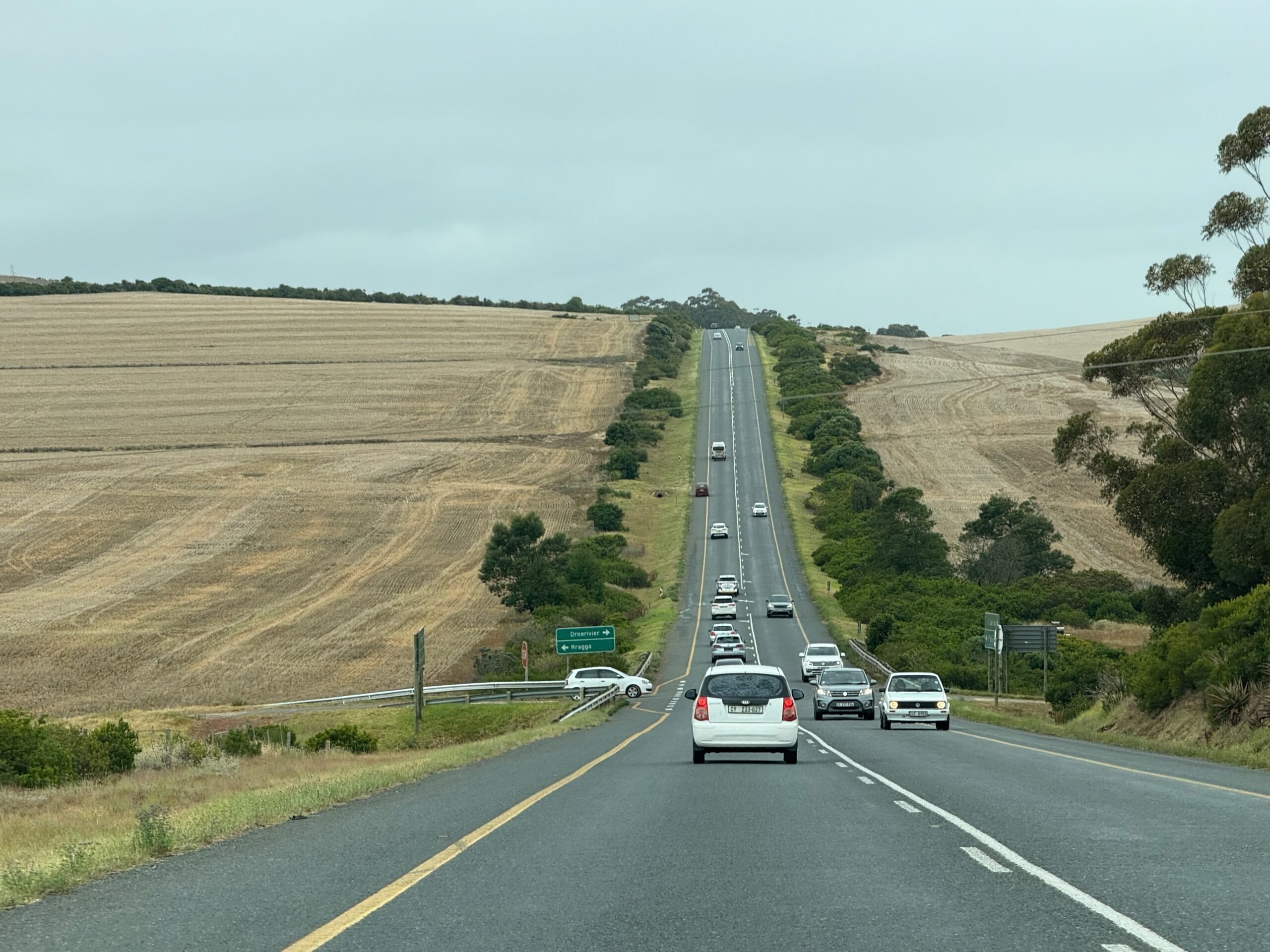
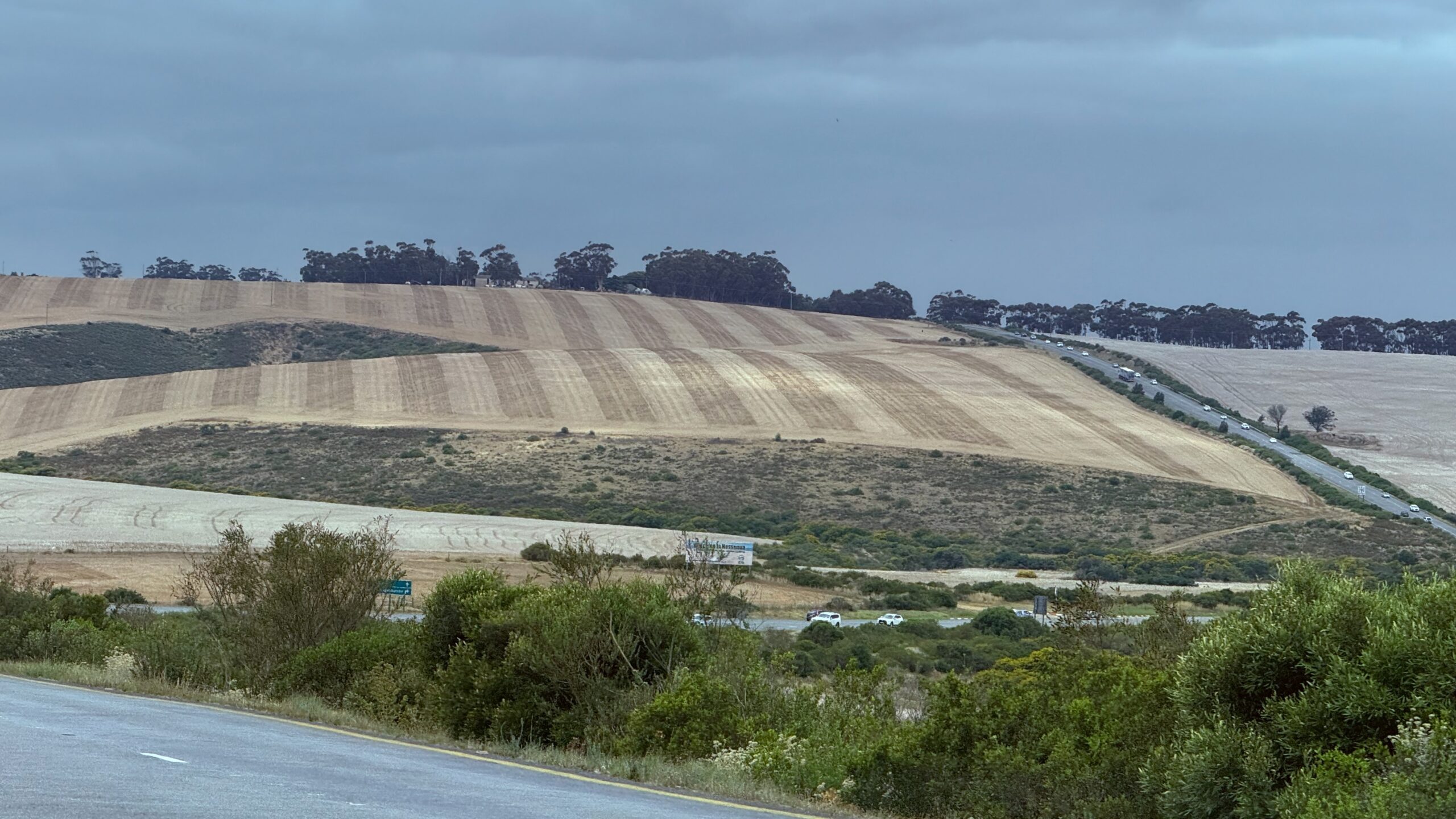
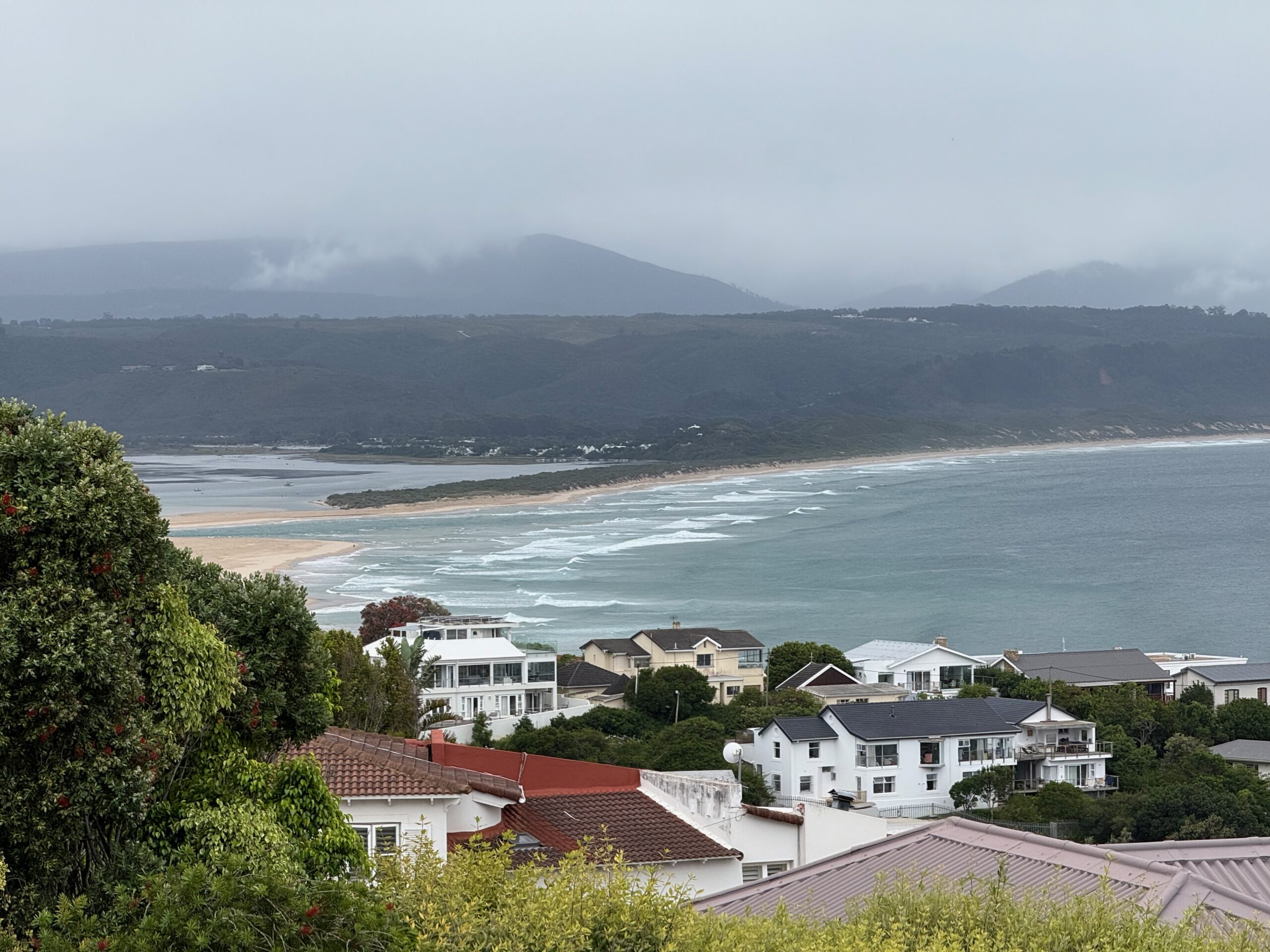

It’s time to leave the Cape Town area, and the Airbnb that I have been staying in. My friend and I are driving up the coast to Plettenberg Bay in the morning.
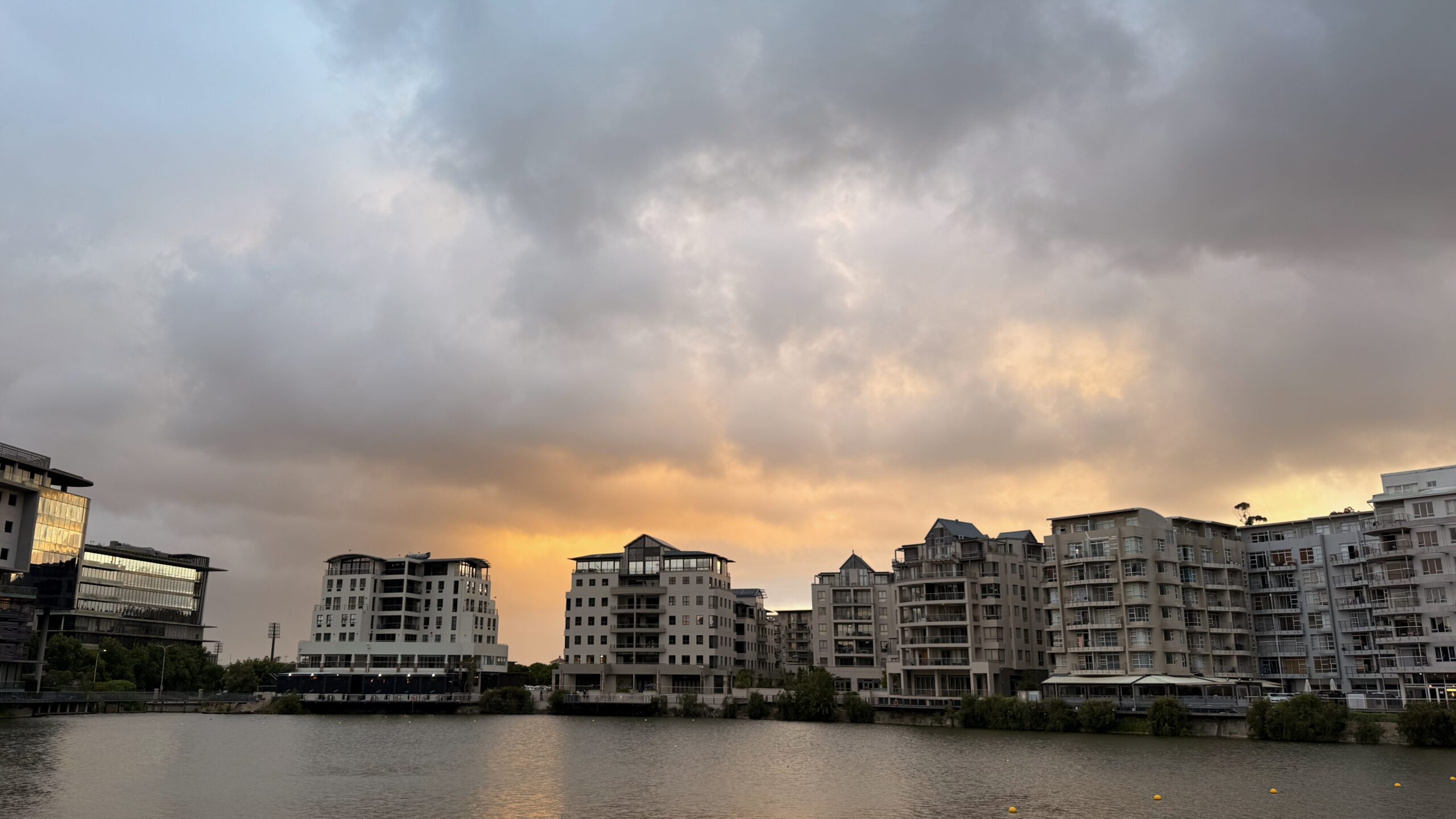
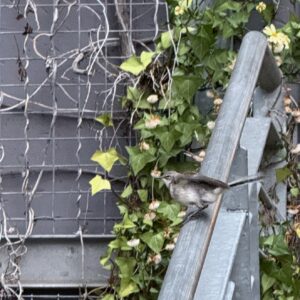
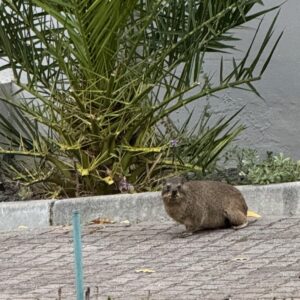


I am buying stamps from South Africa and southern Africa now that I am here, and saving a little money in the process. (Stamps from this part of the world are sent to the USA by express airmail or by international courier— which can be $40 or more for one shipment. Surface mail takes several months).
I love this 1951 definitive issue from Mozambique, part of a set of 24 stamps.
At the time, Mozambique was still a Portuguese colony, and the currency was the escudo.
The fishies are going to swim in freshwater when I get them home, so that I can separate them from the paper that they are pasted on.

It’s 2025!
Happy New Year!
The cartoon is from the South African newspaper Die Burger (“The Citizen”) and by cartoonist Dr Jack.


*old brother-in-law; **brandy/ supply of brandy


Here are a few pictures from today.
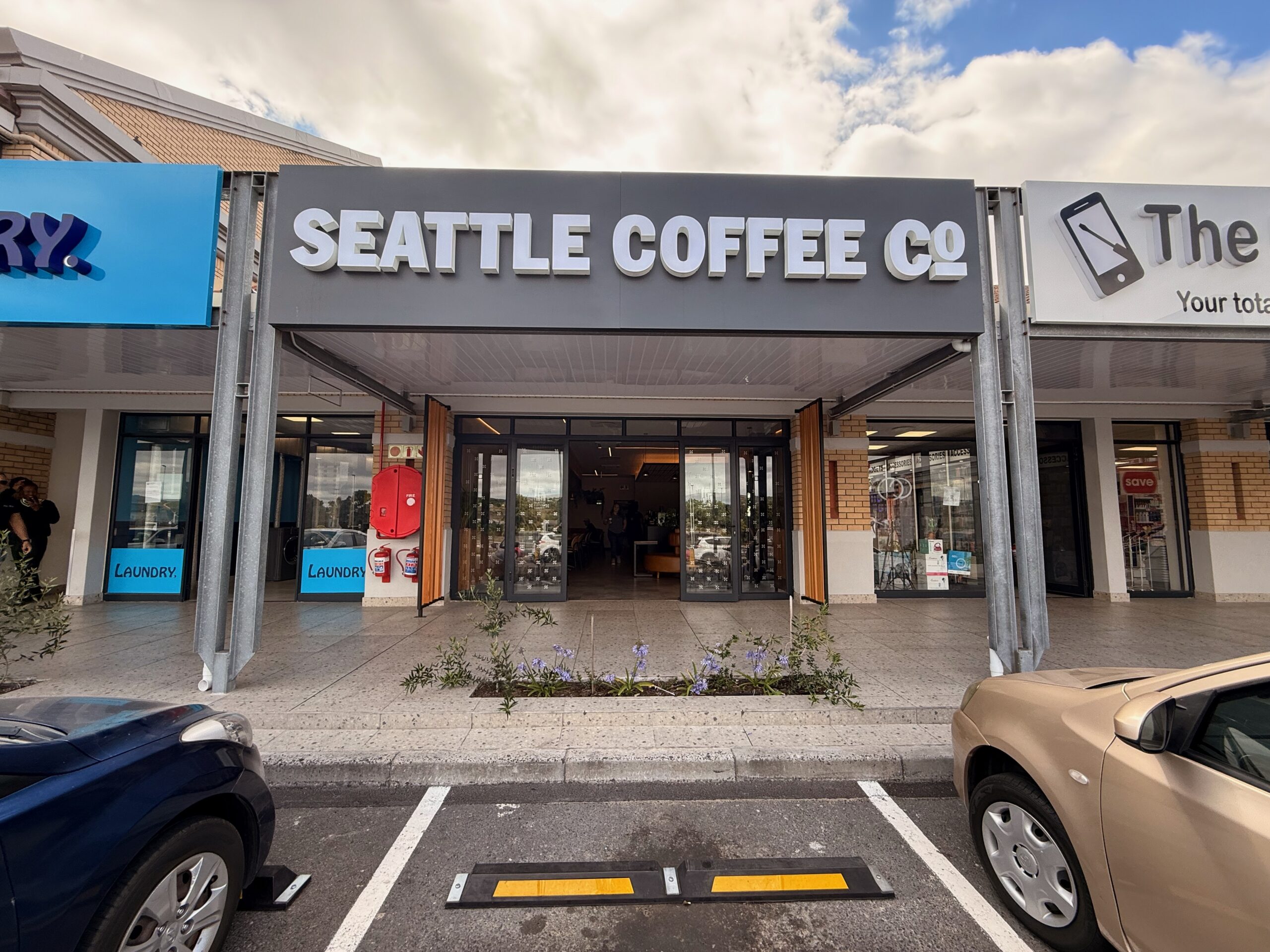
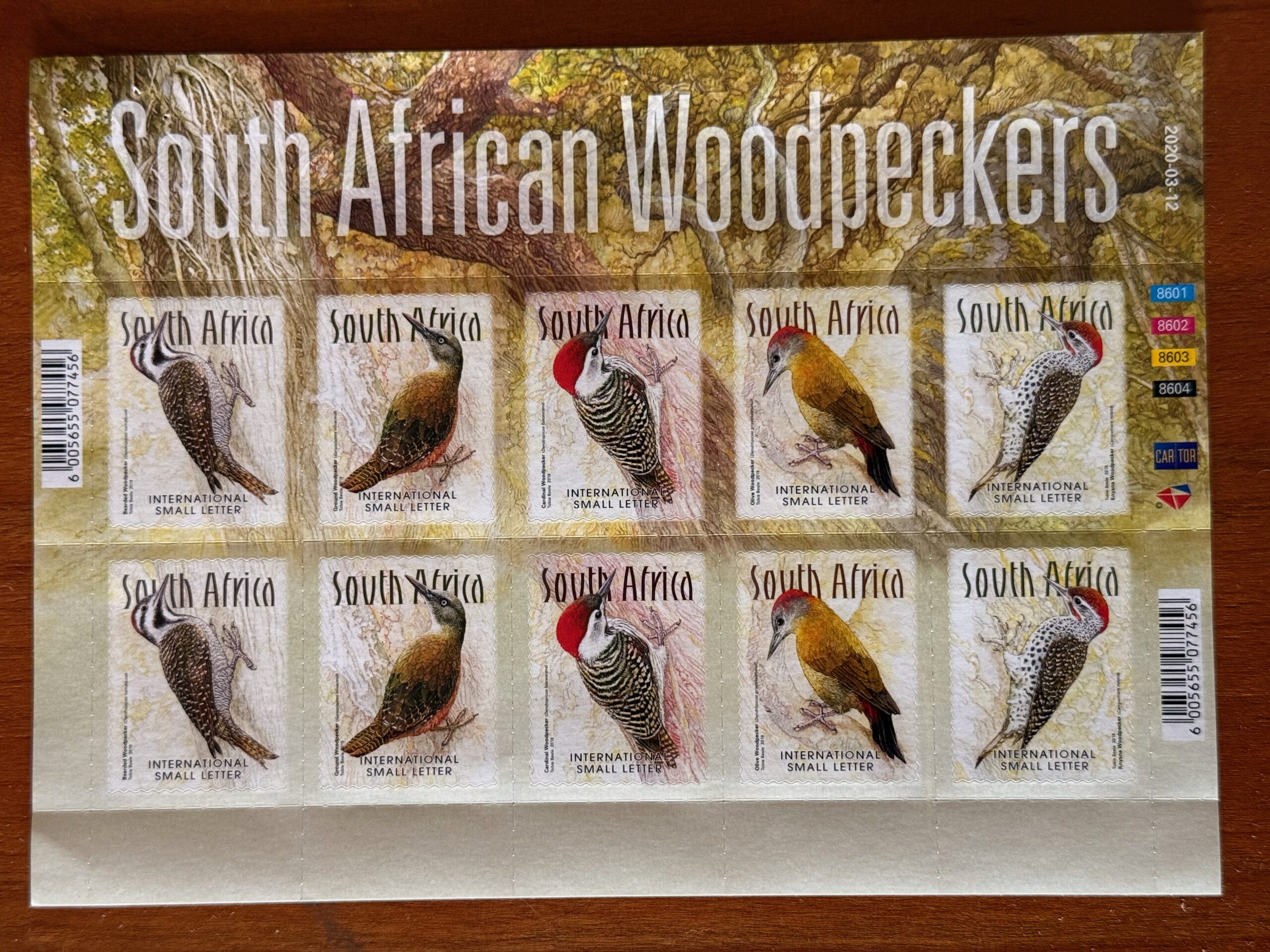

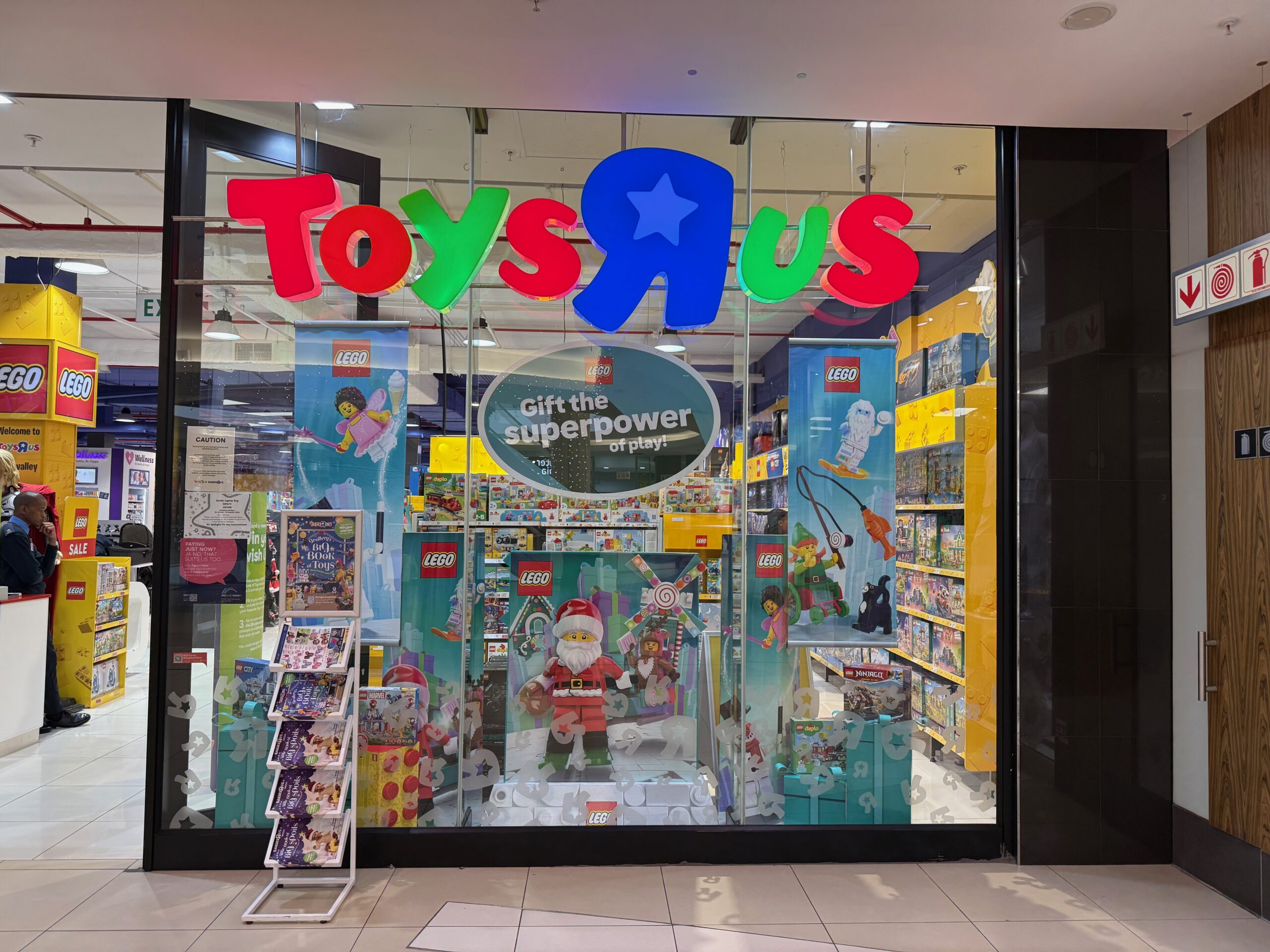
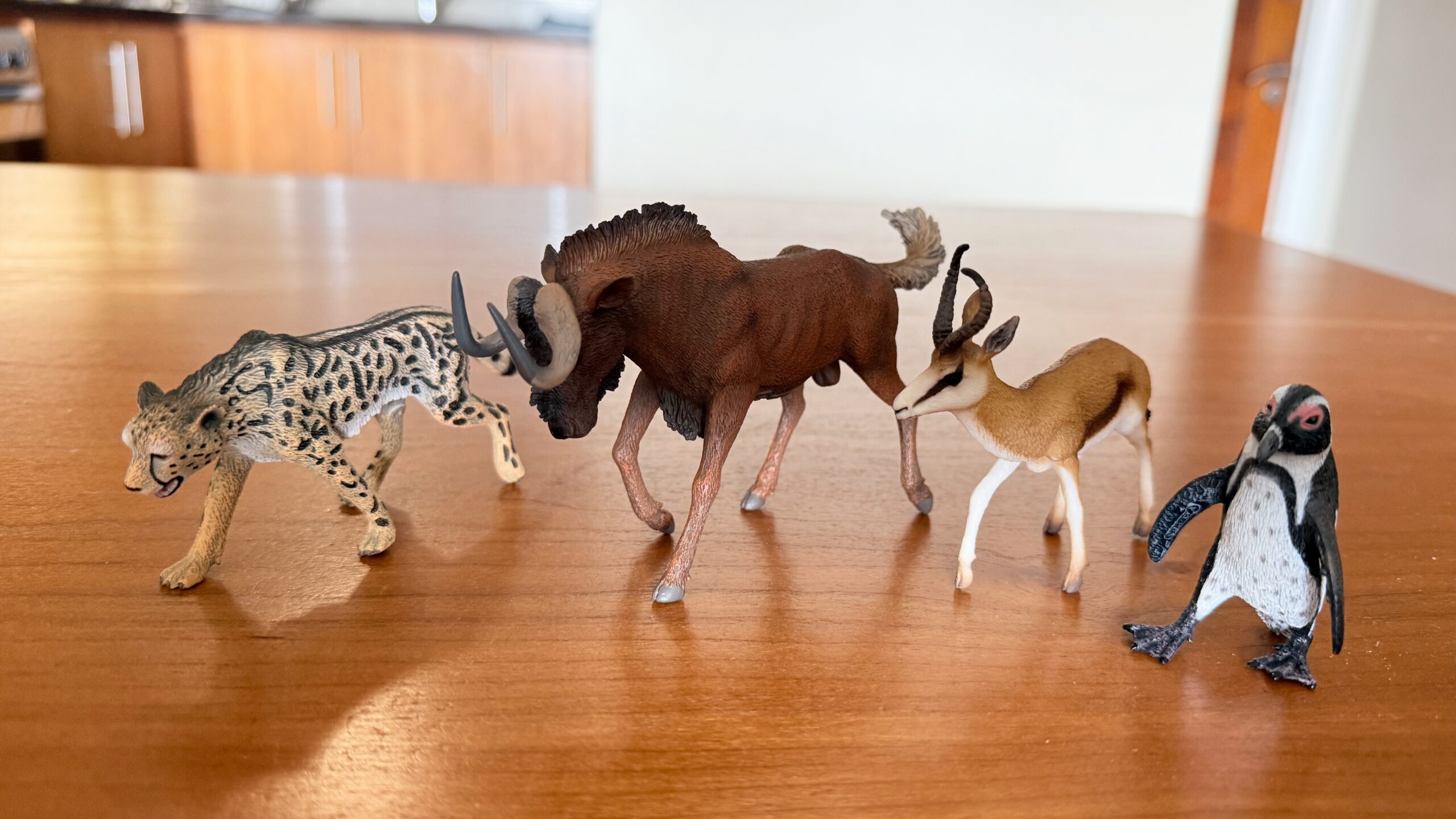
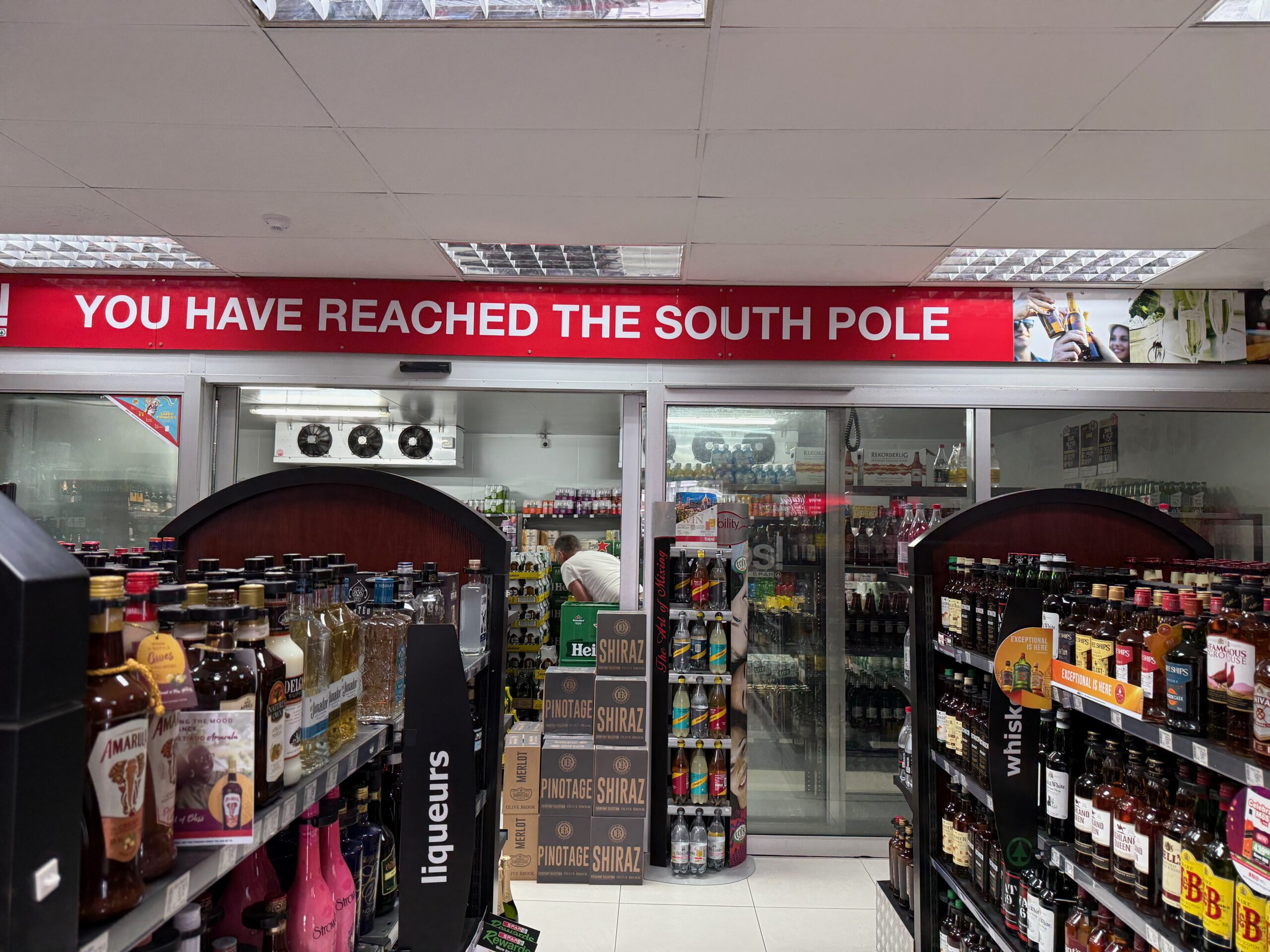

I stopped briefly at the Victoria & Alfred Waterfront today, to use one of the parking garages there.
This is the Robinson Dry Dock in the so-called Alfred Basin in the Waterfront, and it is the oldest operating dry dock of its kind in the world. It dates back to 1882. The foundation stone for the dock was laid by Prince Alfred, second son of Queen Victoria. Named after Governor Sir Hercules Robinson, it was used to repair over 300 ships during World War II.
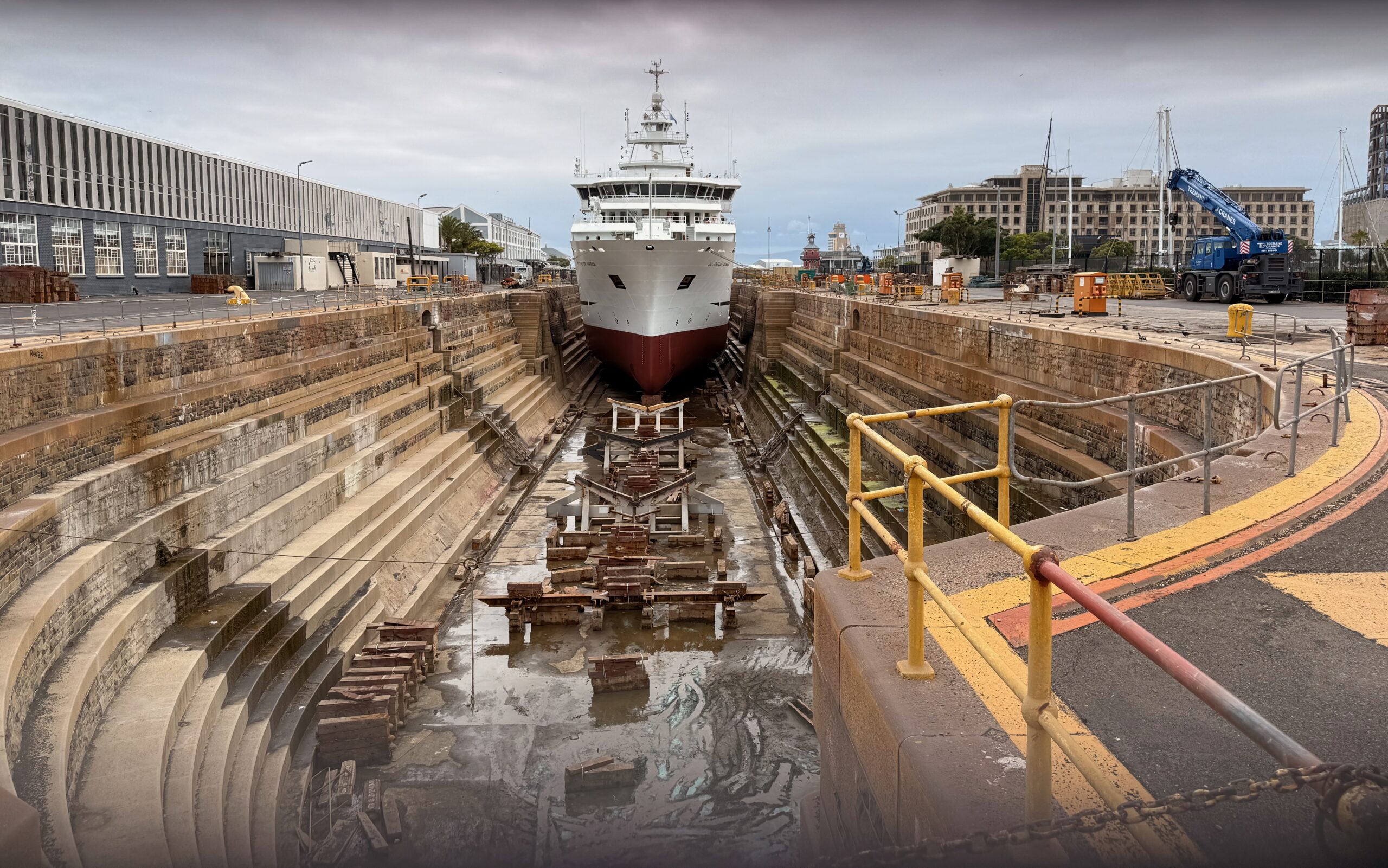

There is a little Christmas market in the Tyger Valley Shopping Centre, still open for a final few days.
It’s good that it is indoors: day-time highs here were 35°C and 34°C (95°F and 93°F) on Wednesday and Thursday, and 30°C (86°F today).
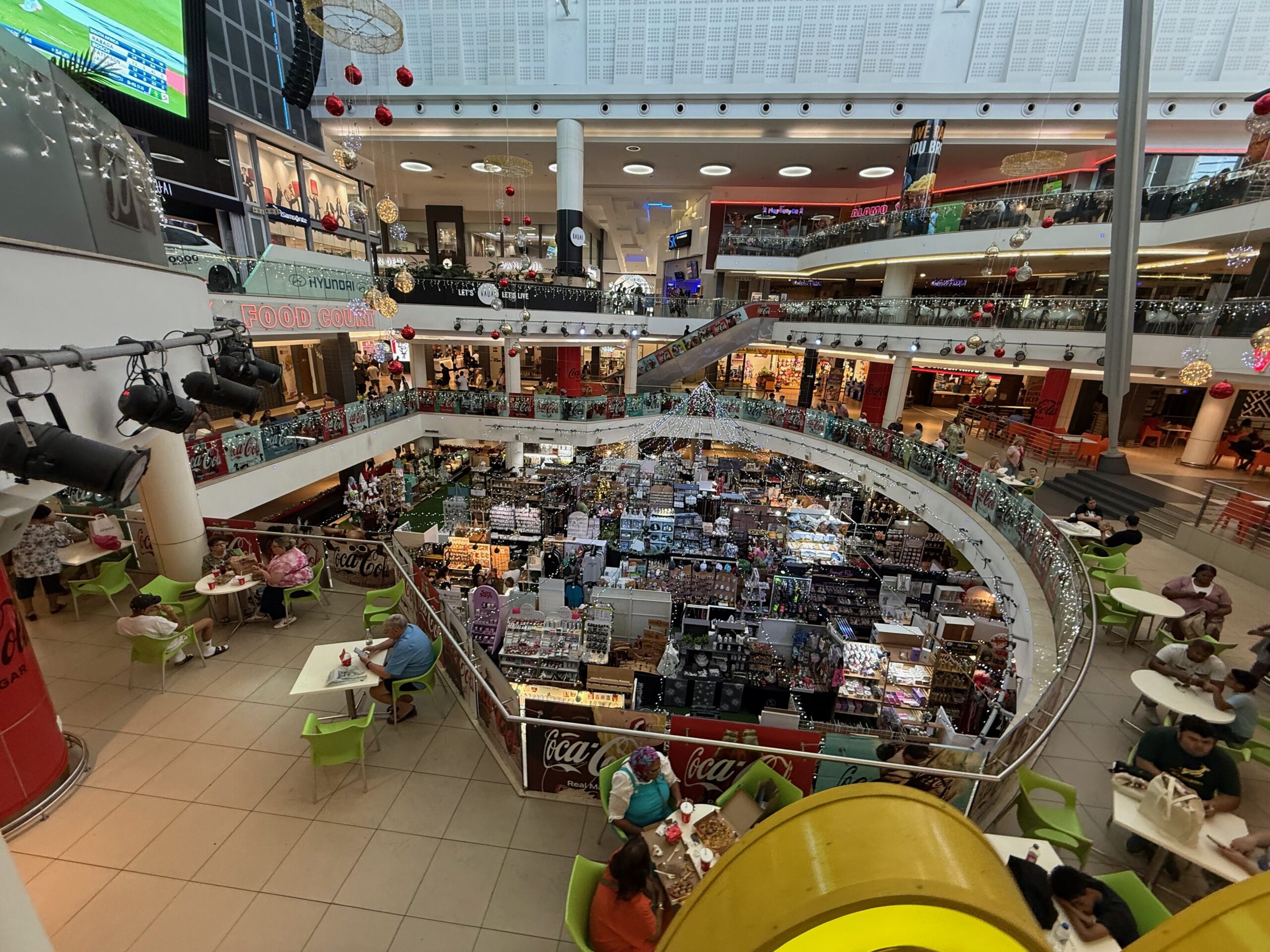
 and Pakistan
and Pakistan  .
.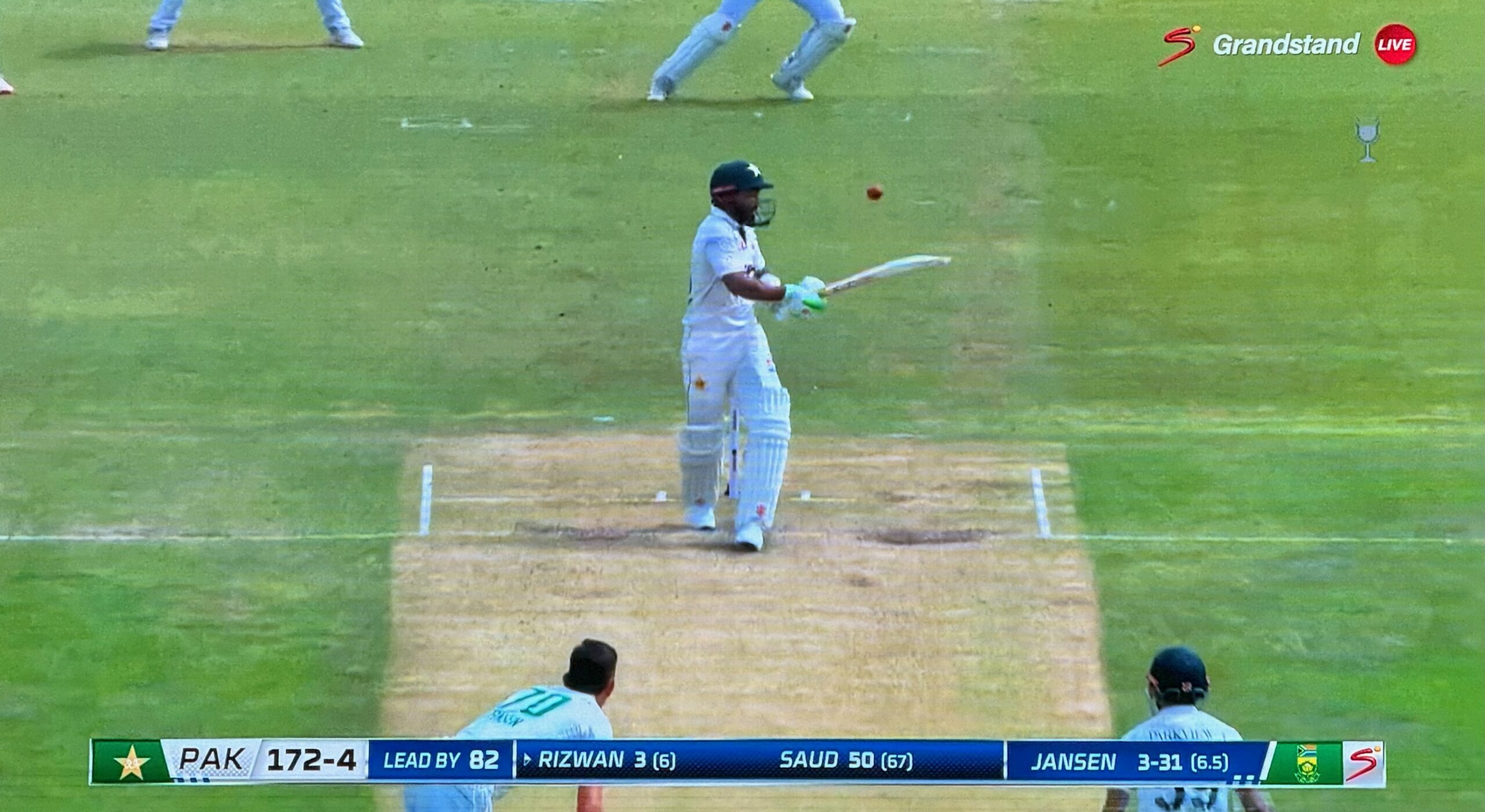

Happy Friday, the last one for 2024!
These photos are from yesterday, from a little trip I made with my family to Pringle Bay.
Pringle Bay is a small, coastal village in the Overberg region of the Western Cape, in South Africa. It is situated at the foot of Hangklip, on the opposite side of False Bay from Cape Point. The town and surrounds are part of the Kogelberg Biosphere Reserve, a UNESCO Heritage Site. [Wikipedia]
